List of African countries and their current presidents
Africa is a very rich continent with very colorful landscapes and bright weather contrasts. How many countries in Africa, how many presidents, and what is the mainland in general? If you are interested in the political map of Africa, then this article is completely for you. We present to you a list of African countries and their current presidents. Don`t miss this! It will be interesting.
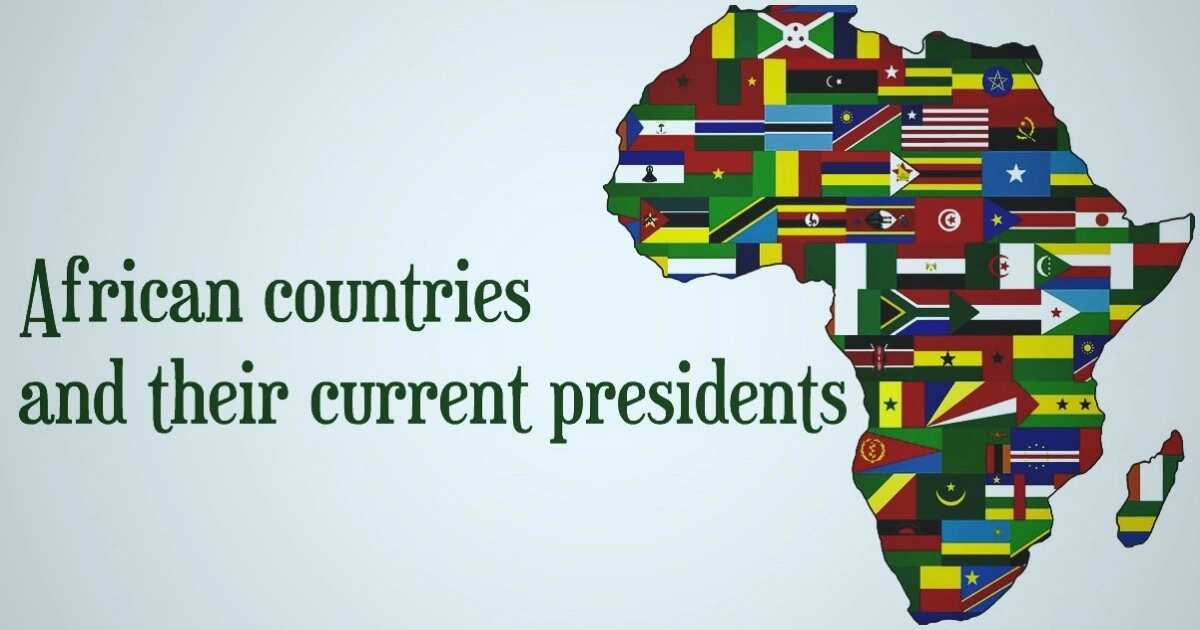
How many countries in Africa
Africa is the second largest continent after Eurasia. From the north, the African land is washed by the Mediterranean Sea, from the northeast by the Red Sea, by the Indian Ocean by the east and south, and by the Atlantic from the west. African islands cover an area of about 1 million square km. The largest of these islands are Madagascar, Seychelles, Madeira, Canary Islands, Cape Verde Islands. In the postcolonial era, international organizations and governments viewed Africa as two regions: Sahara Africa (less developed, traditional cultures, Black Africa) and North Africa (a more developed region with industrial centers, the influence of Islam, people with roots from the Middle East, "Arab Africa").
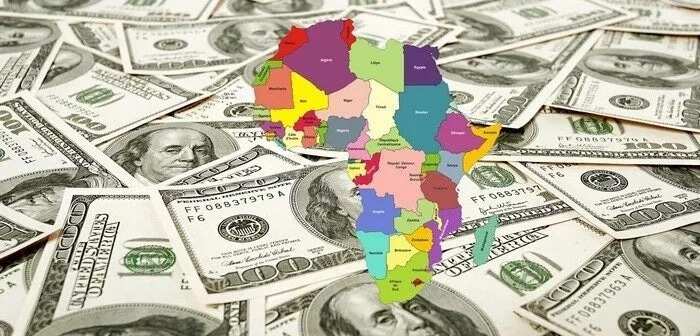
Read also
Top 20 richest countries in Africa: what is Nigeria's ranking?

READ ALSO: Most educated country in Africa in 2018
Such a regional classification led to a common, but false, belief that North Africa was not really Africa, apart from its location on the African continent. Today, geographers, historians, and sociologists point out that this division of Africa into two main areas was based on outdated and dubious ideas. While it is true that North Africa has a common Arab heritage that differs from the population of other regions in Africa, there are many social, cultural, historical, as well as geographical features that unite North Africa with areas of sub-Saharan Africa.
The African continent is not the biggest, but here the largest number of countries is fifty-four. The total number of states and dependent territories in Africa is 62 (of which 54 are independent). This includes 10 islands, 16 intercontinental and 37 states with wide access to the seas and oceans. African countries are conventionally divided into 5 regions - North, South, Central, West, and East.
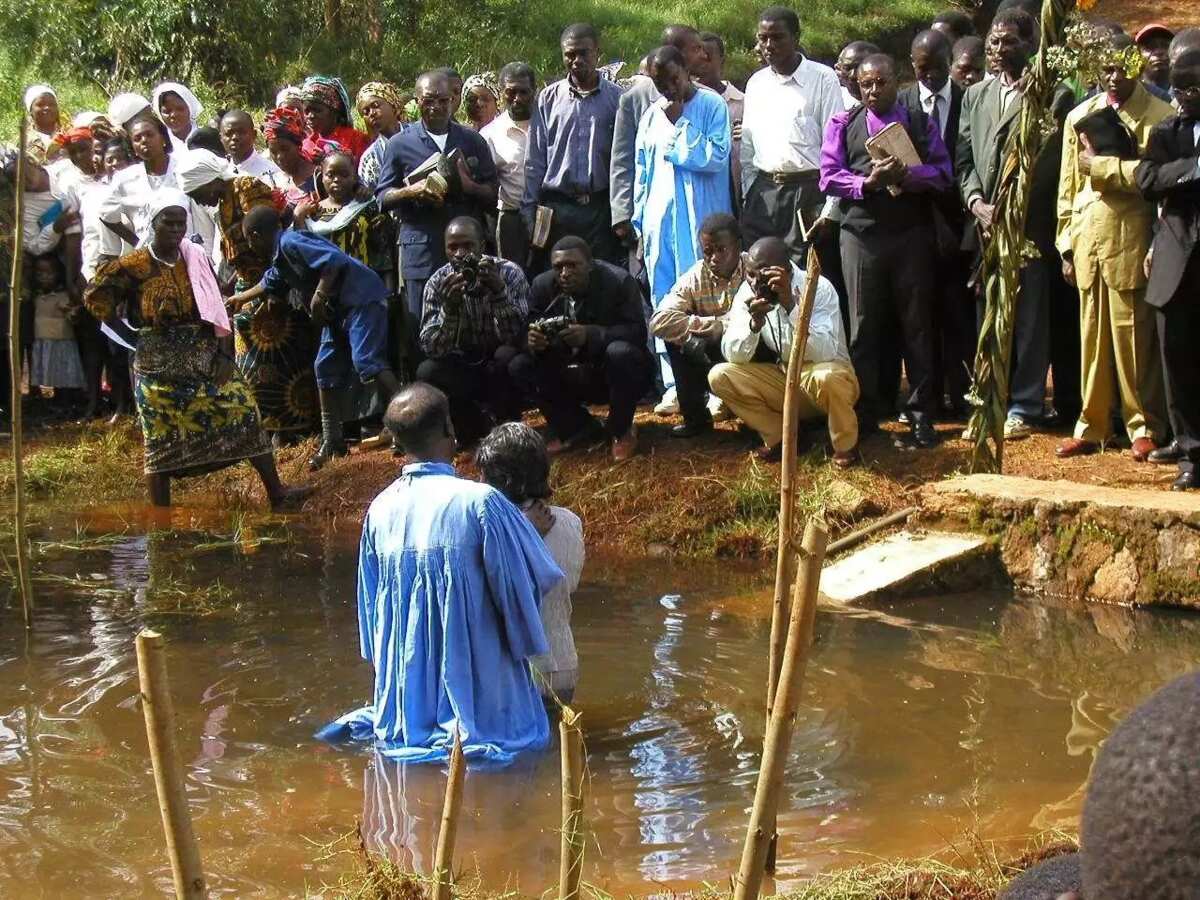
Read also
What is traditional religion in Africa?
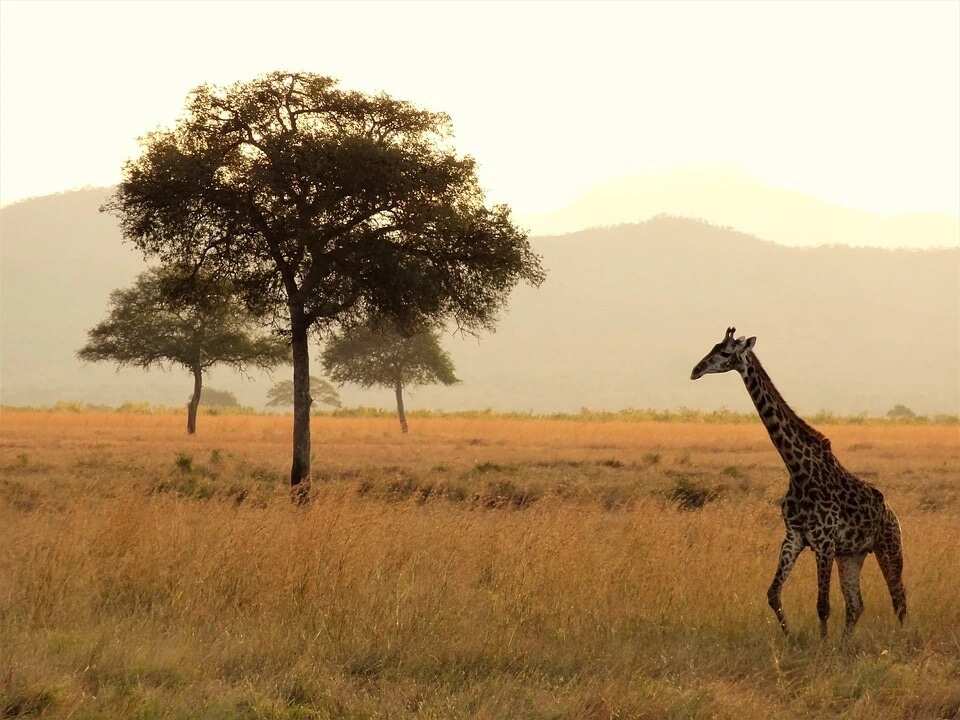
List of all African countries and their current presidents
Currently, most states in Africa have a republican form of government. Three monarchies - Morocco, Lesotho, and Swaziland. The UN classifies practically all African states as a group of developing countries. The exception is the only economically developed country on the continent - the Republic of South Africa. The successes of the struggle of African states for the strengthening of political and economic independence depend very much on the political forces that are in power.
The largest state in Africa is Sudan, and the smallest is the Gambia. By the way, Africa is on the second place not only in the number of countries but also in the number of people living here, as well as in size. Let's get acquainted with African countries and presidents.
1. Algeria
- Region: North Africa
- Capital: Algiers
- Current President: Abdelaziz Bouteflika (1999–present)

Read also
Top facts about the territorial organization of Nigeria

2. Angola
- Region: Central Africa
- Capital: Luanda
- Current President: João Lourenço (2017–present)
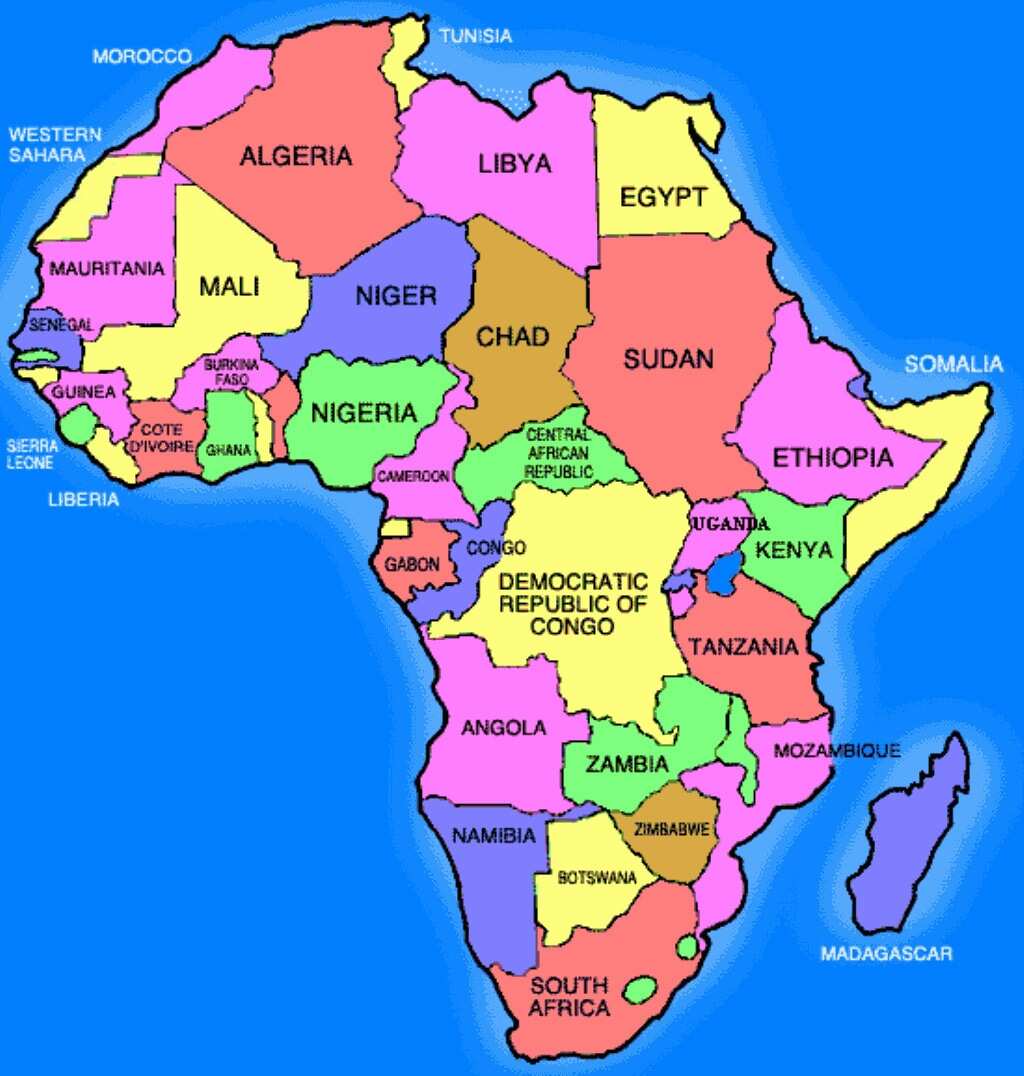
3. Benin
- Region: West Africa
- Capital: Porto Novo
- Current President: Patrice Talon,(2016–present)

READ ALSO: List of registered political parties in Nigeria by INEC
4. Botswana
- Region: South Africa
- Capital: Gaborone
- Current President: Mokgweetsi Masisi (2018–present)
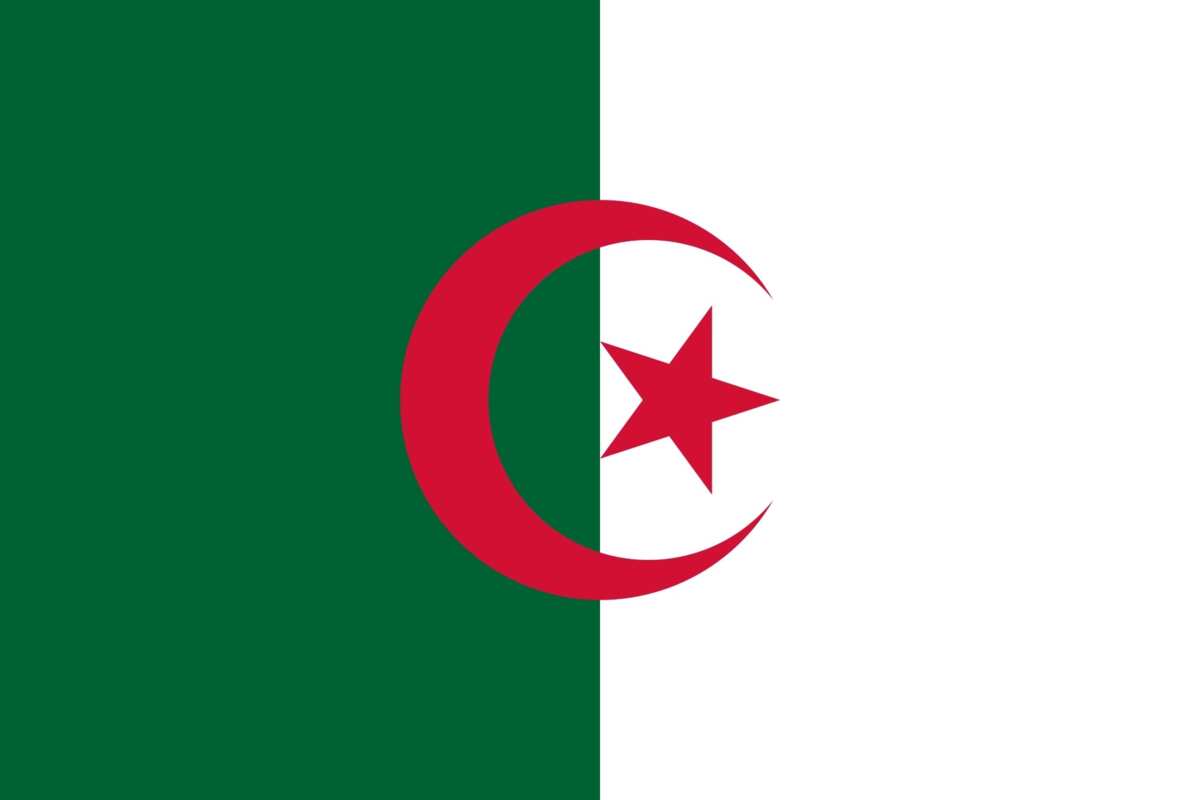
5. Burkina Faso
- Region: West Africa
- Capital: Ouagadougou
- Current President: Roch Marc Christian Kaboré (2015–present)
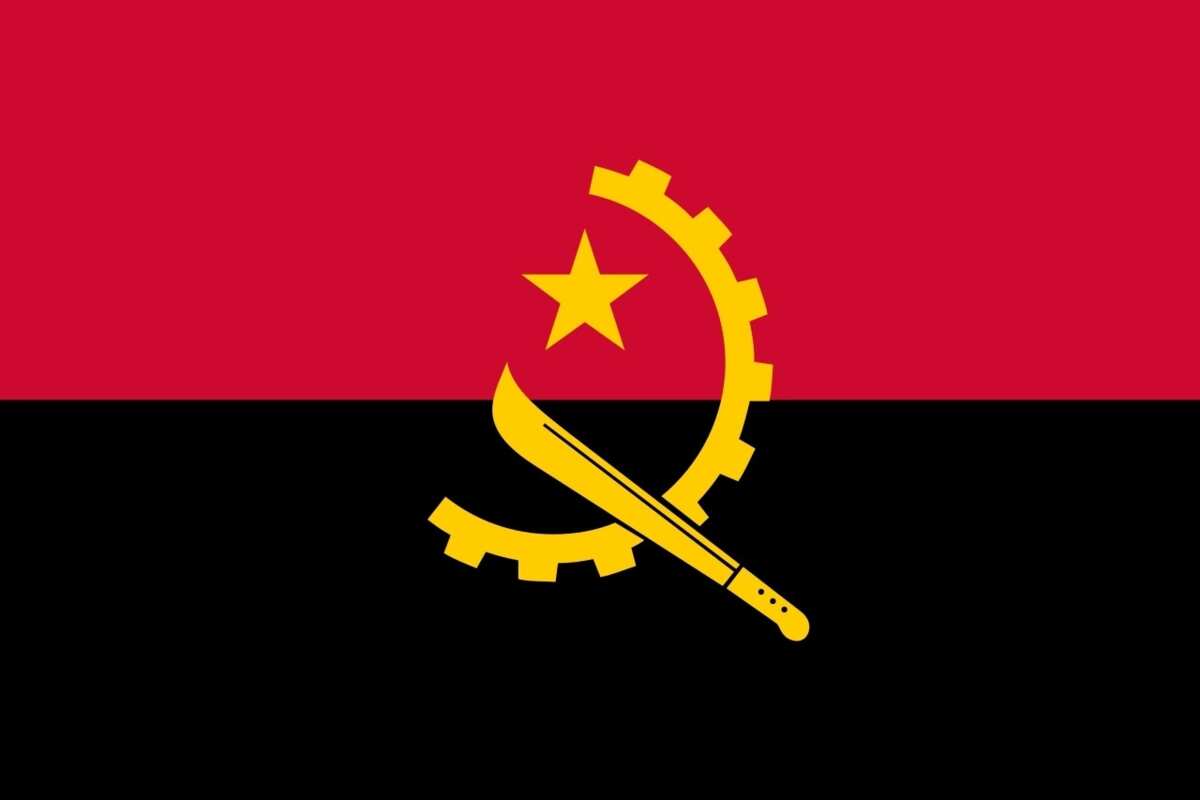
6. Burundi
- Region: East Africa
- Capital: Bujumbura
- Current President: Pierre Nkurunziza (2005–present)
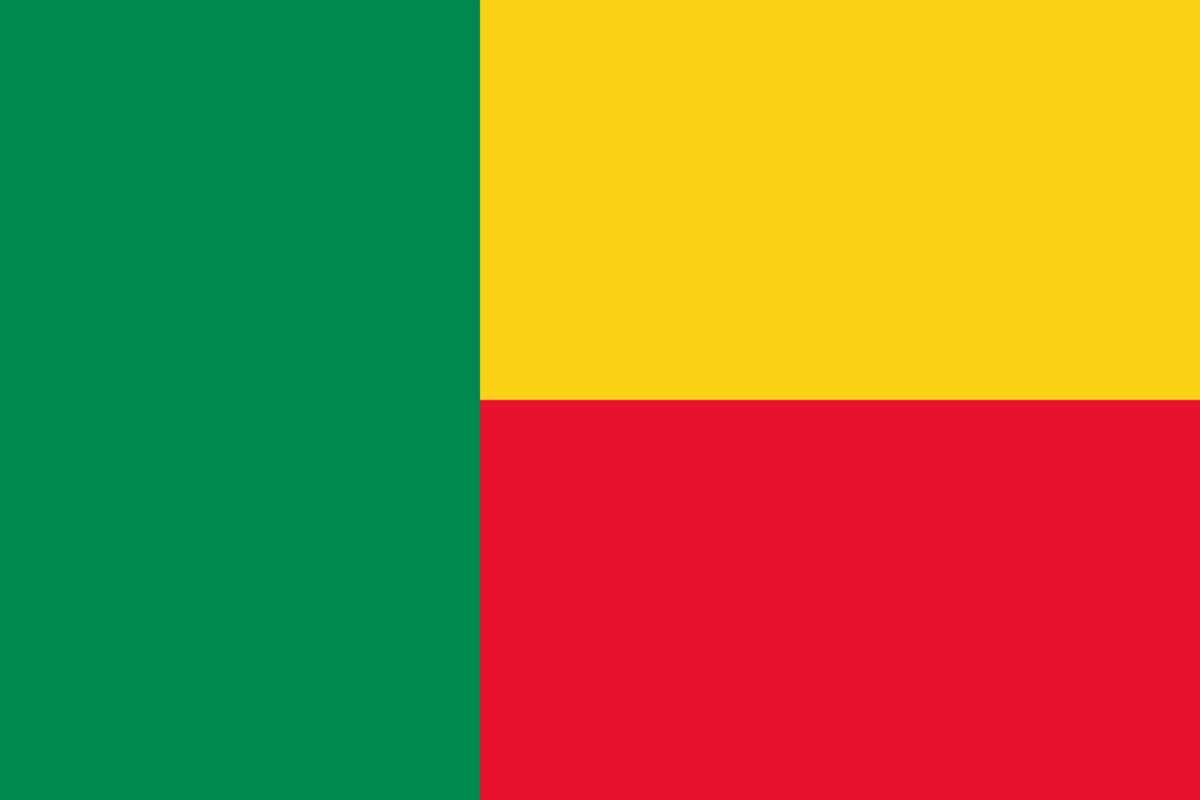
7. Cameroon
- Region: Central Africa
- Capital: Yaounde
- Current President: Paul Biya (1982–present)
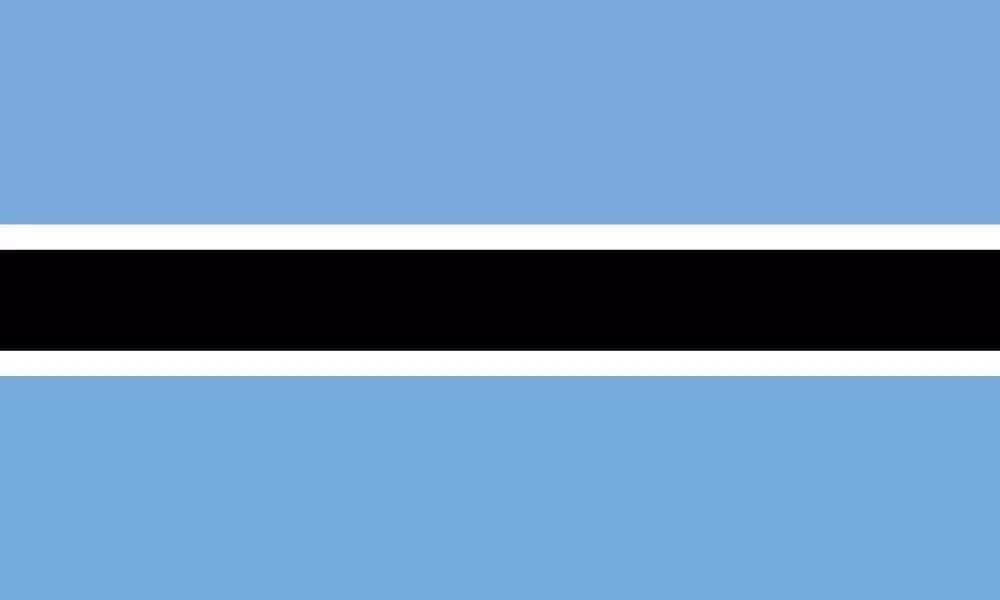
8. Cape Verde
- Region: West Africa
- Capital: Praia
- Current President: Jorge Carlos Fonseca (2011–present)
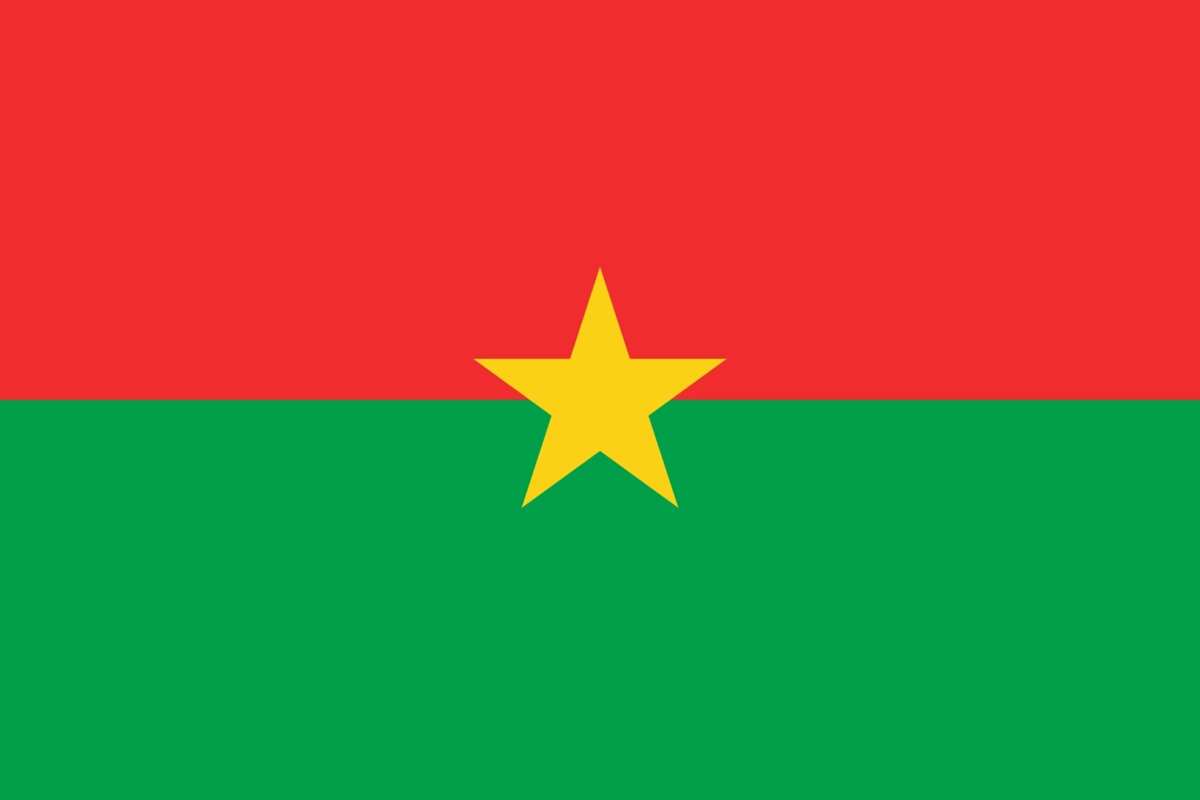
9. The Central African Republic
- Region: Central Africa
- Capital: Bangui
- Current President: Faustin-Archange Touadéra (2016–present)
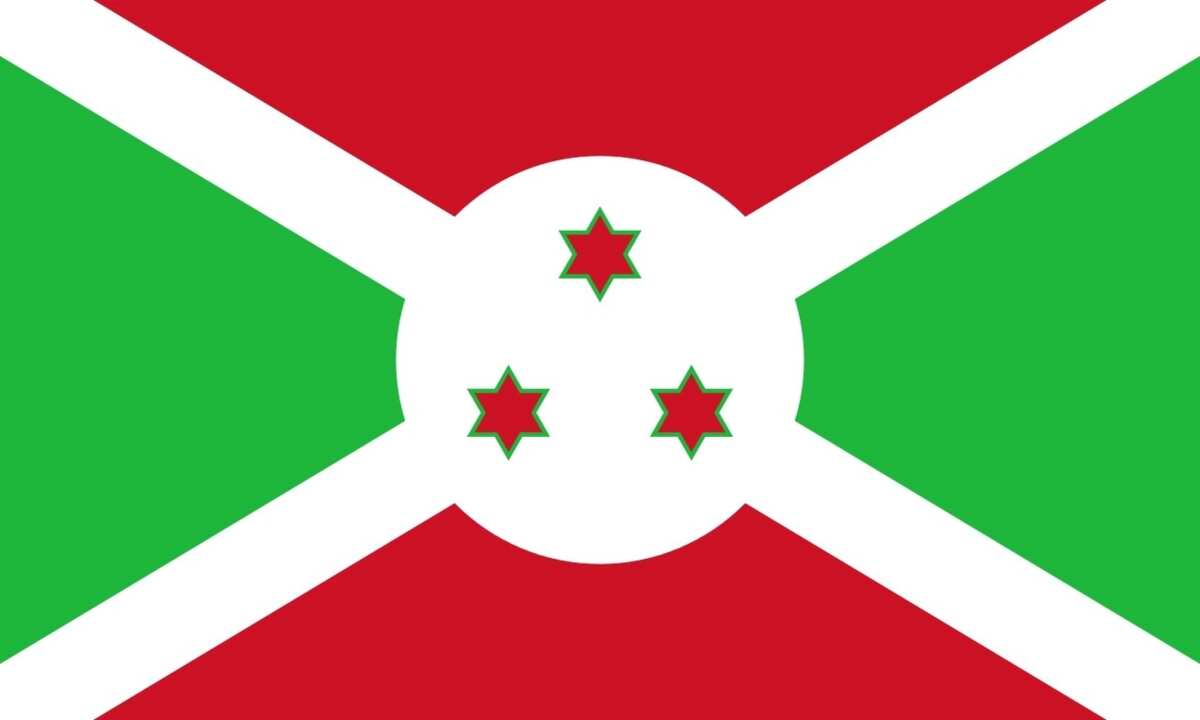
READ ALSO: Youngest President in Africa
10. Chad
- Region: Central Africa
- Capital: Ndjamena
- Current President: Idriss Déby (1990–present)
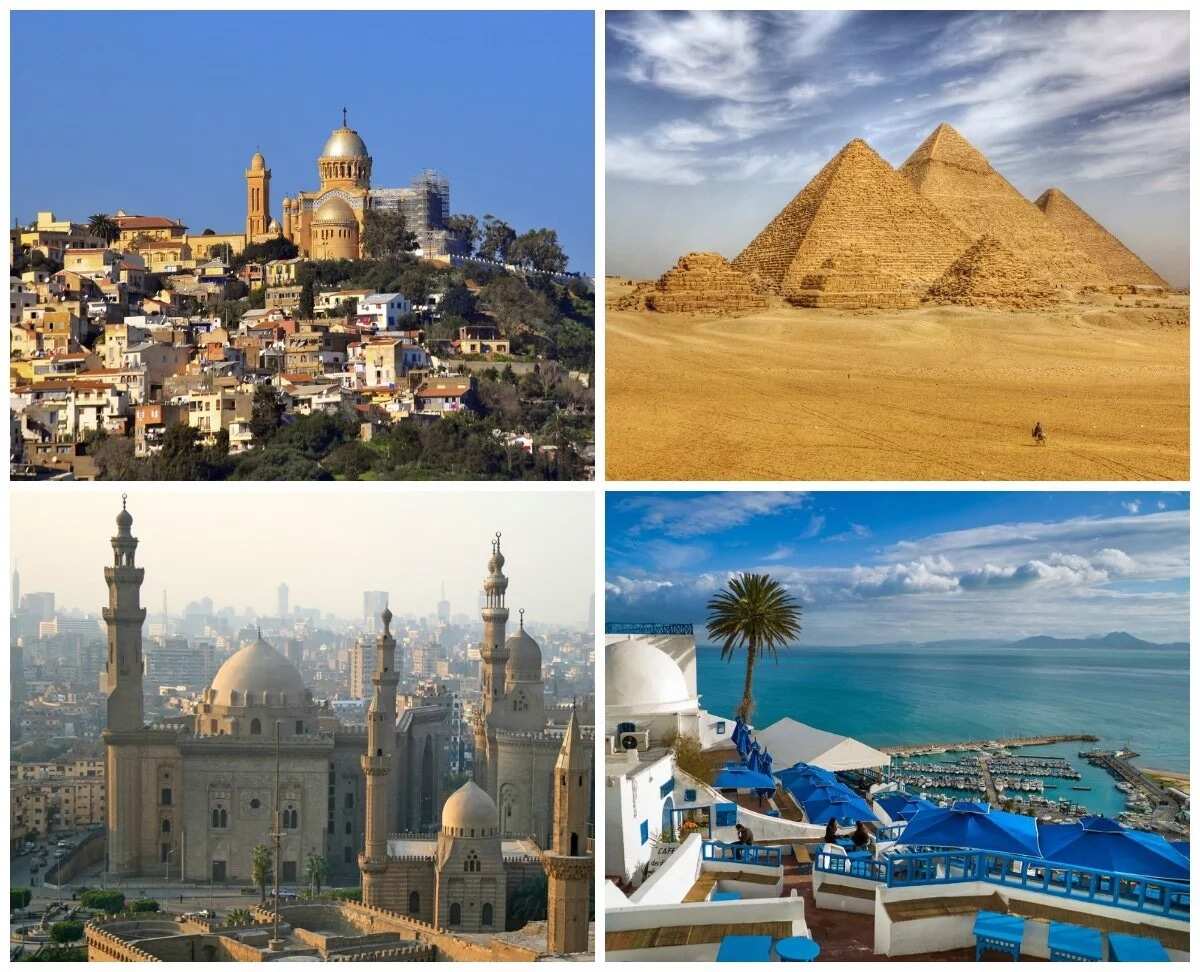
Read also
North African countries list
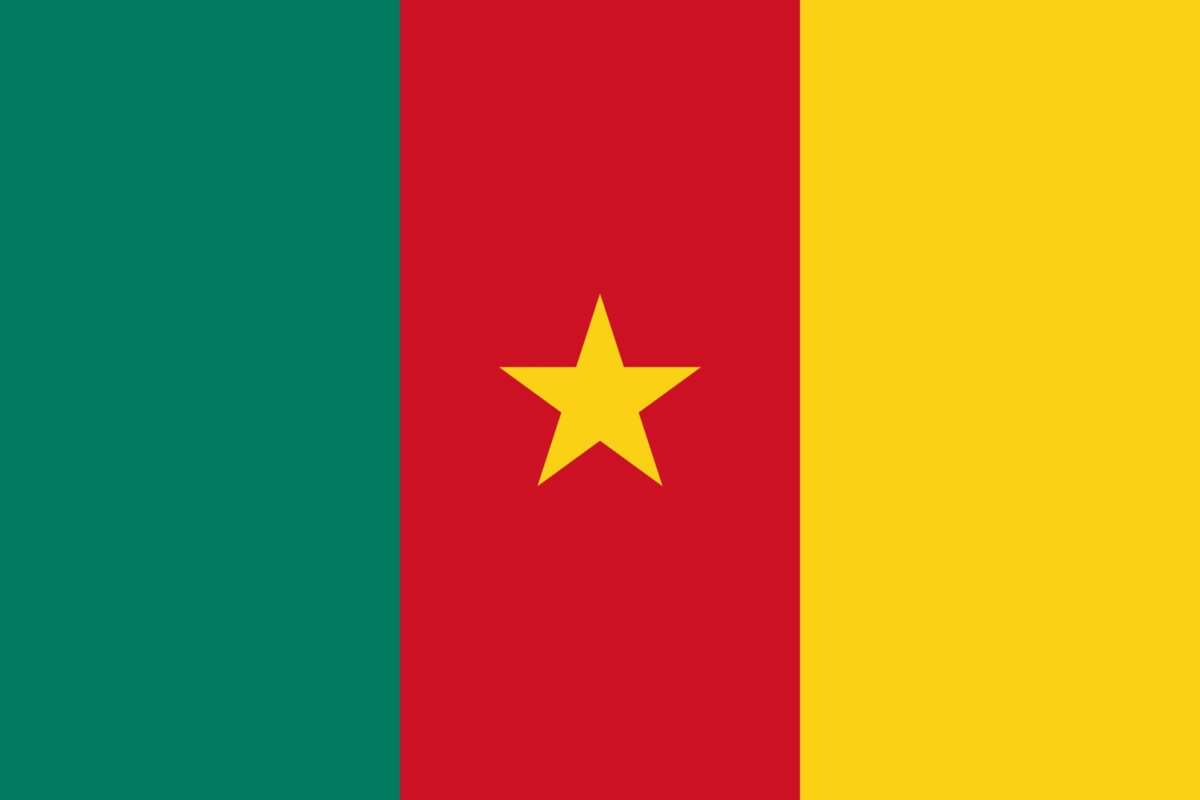
11. Comoros
- Region: East Africa
- Capital: Moroni
- Current President: Azali Assoumani (2016–present)
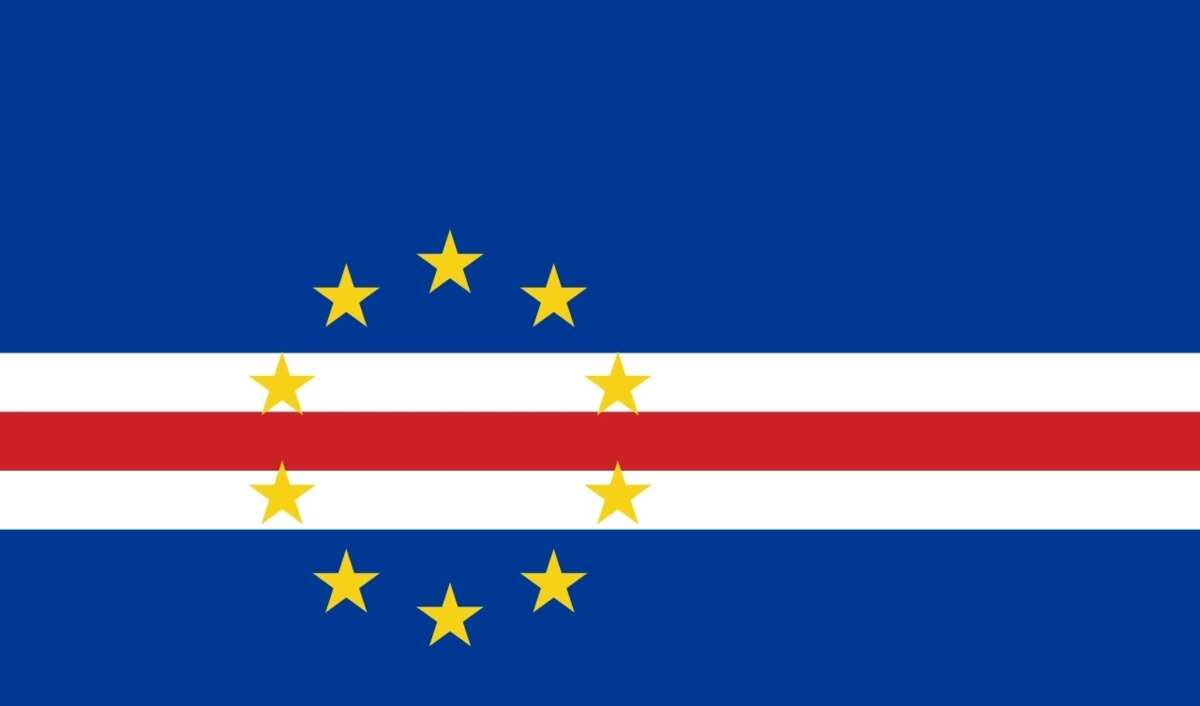
12. Congo–Brazzaville (Republic of the Congo)
- Region: Central Africa
- Capital: Brazzaville
- Current President: Denis Sassou Nguesso (1997–present)
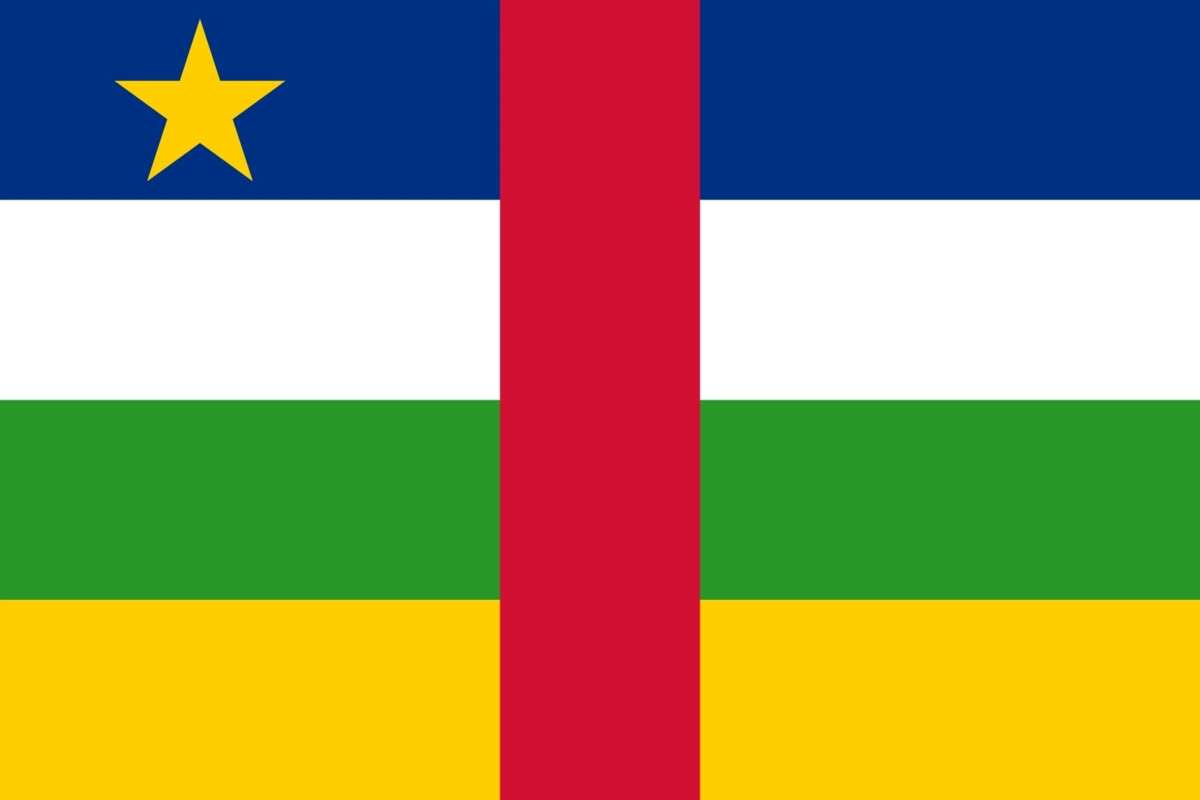
13. Congo–Kinshasa (The Democratic Republic of the Congo)
- Region: Central Africa
- Capital: Kinshasa
- Current President: Joseph Kabila (2001–present)

14. Djibouti
- Region: East Africa
- Capital: Djibouti
- Current President: Ismaïl Omar Guelleh (1999–present)
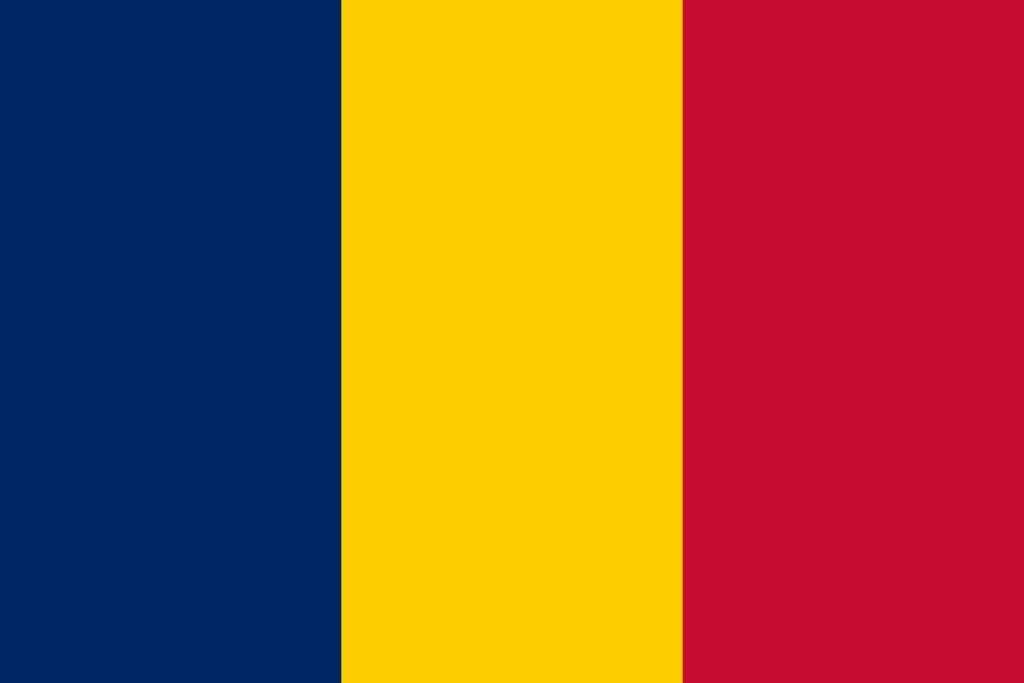
15. Egypt
- Region: North Africa
- Capital: Cairo
- Current President: Abdel Fattah el-Sisi (2014–present)
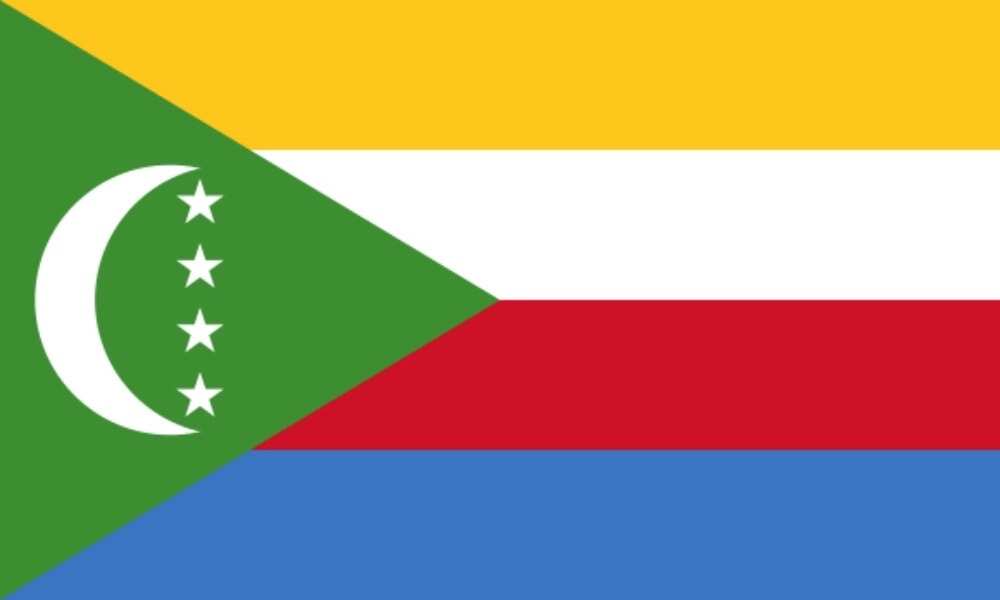
16. Equatorial Guinea
- Region: Central Africa
- Capital: Malabo
- Current President: Teodoro Obiang Nguema Mbasogo (1979–present)
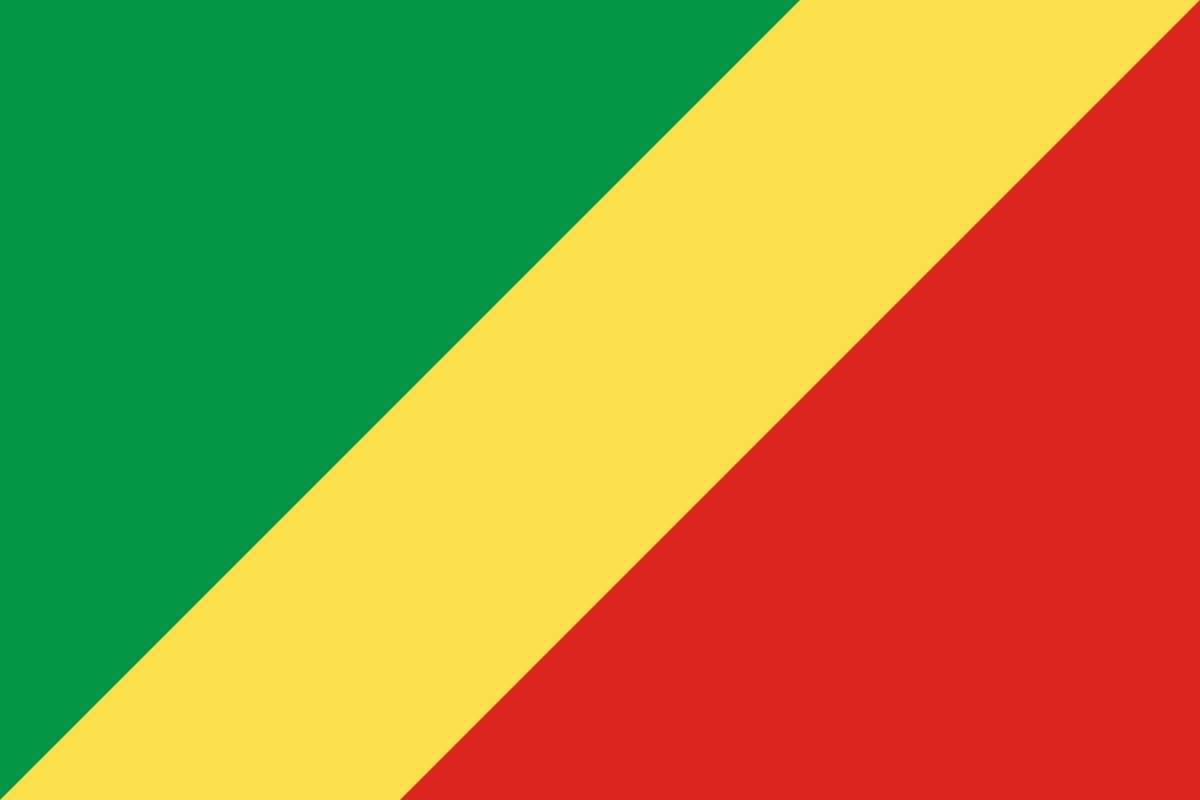
READ ALSO: Dirtiest city in Africa - Top 10
17. Eritrea
- Region: East Africa
- Capital: Asmara
- Current President: Isaias Afwerki (1991–present)
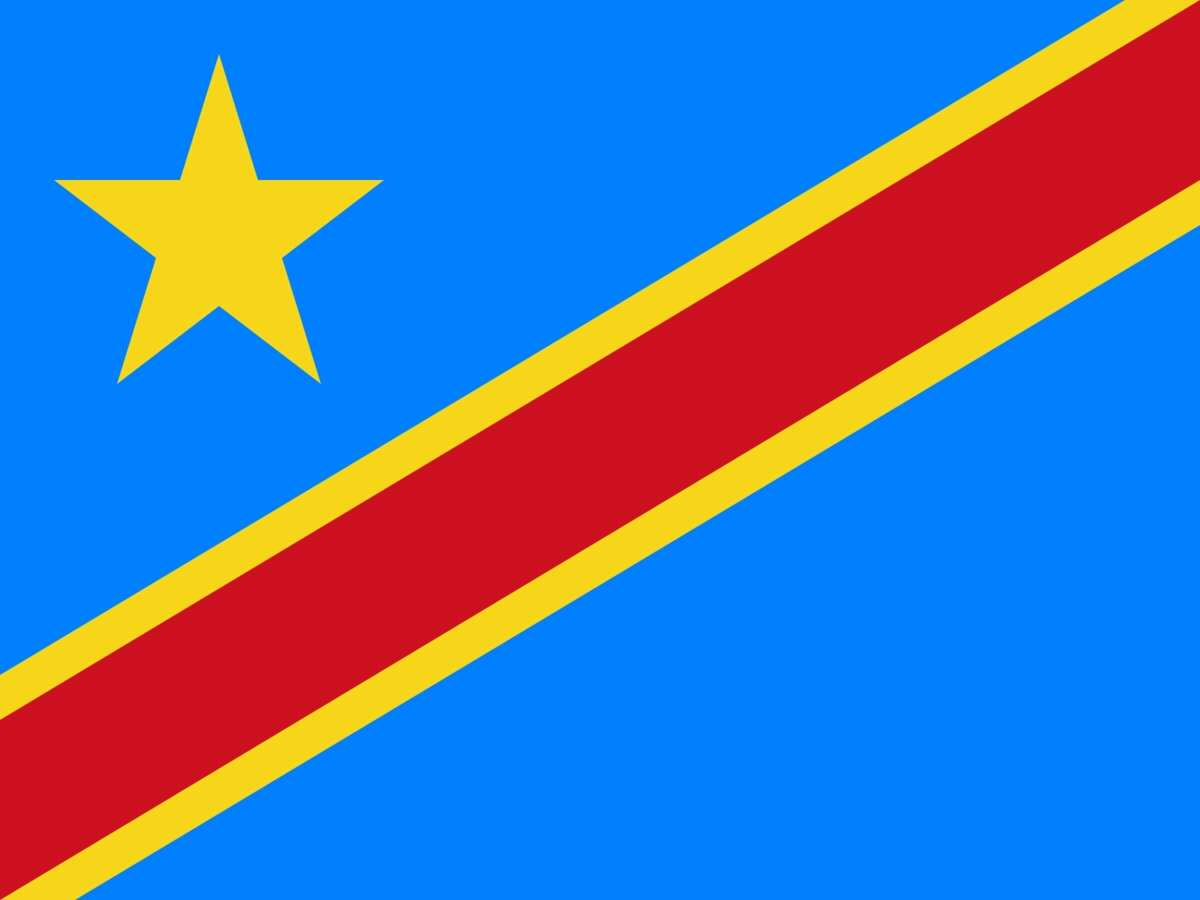
18. Ethiopia
- Region: East Africa
- Capital: Addis Ababa
- Current President: Sahle-Work Zewde (2018–present)
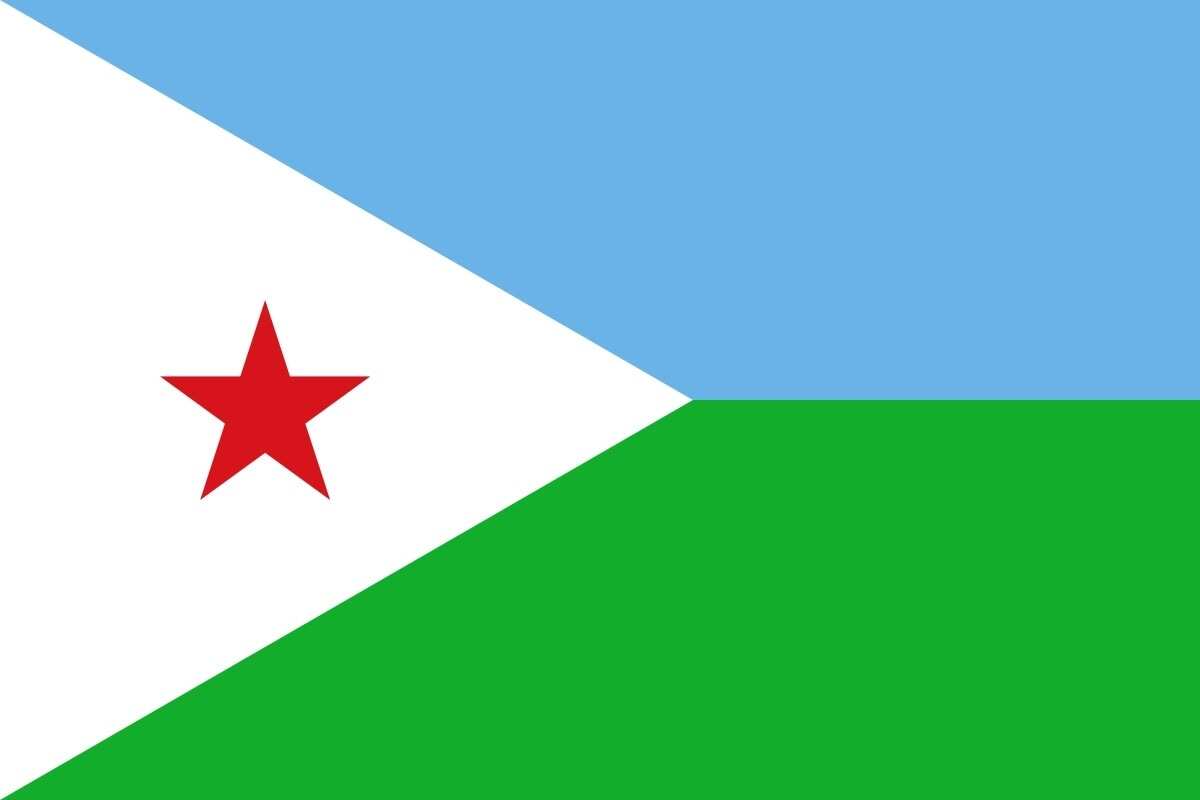
19. Gabon
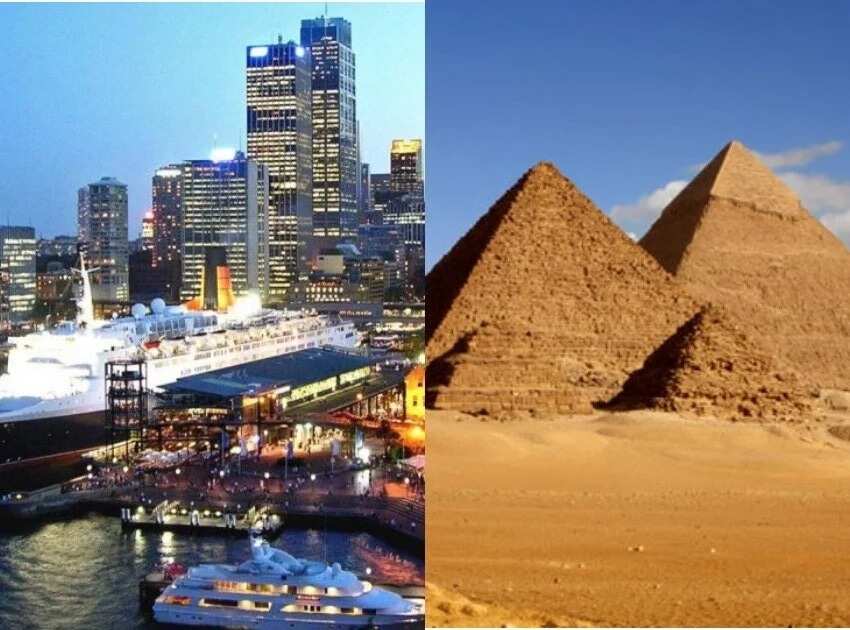
Read also
10 richest countries in Africa and interesting facts about them
- Region: Central Africa
- Capital: Libreville
- Current President: Ali Bongo Ondimba (2009–present)
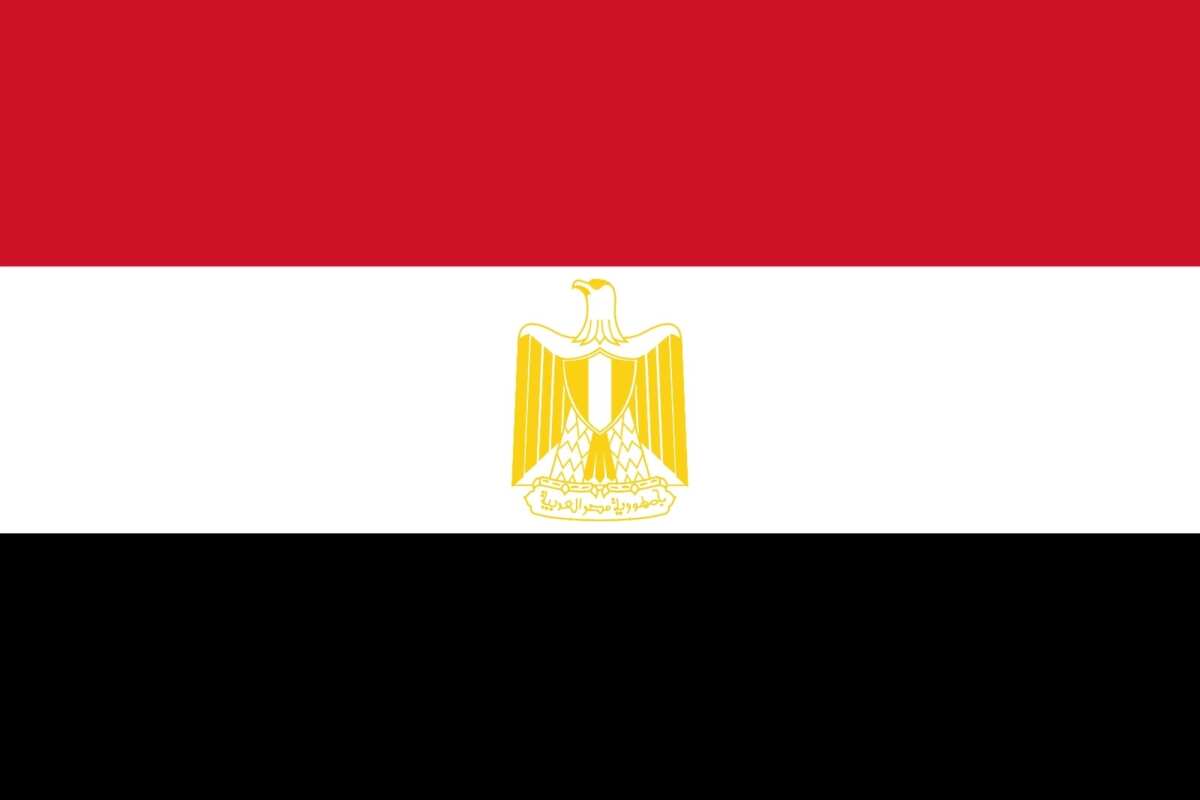
20. The Gambia
- Region: West Africa
- Capital: Banjul
- Current President: Adama Barrow (2017–present)
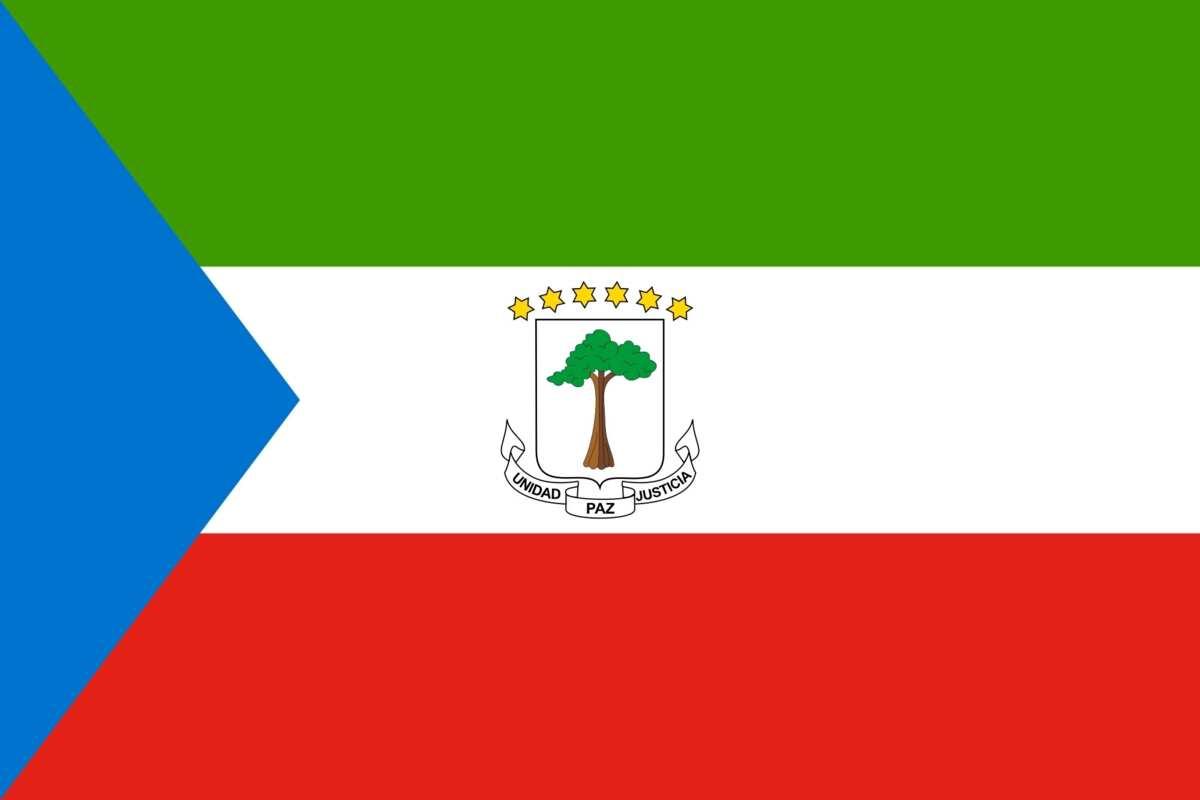
21. Ghana
- Region: West Africa
- Capital: Accra
- Current President: Nana Akufo-Addo (2017–present)
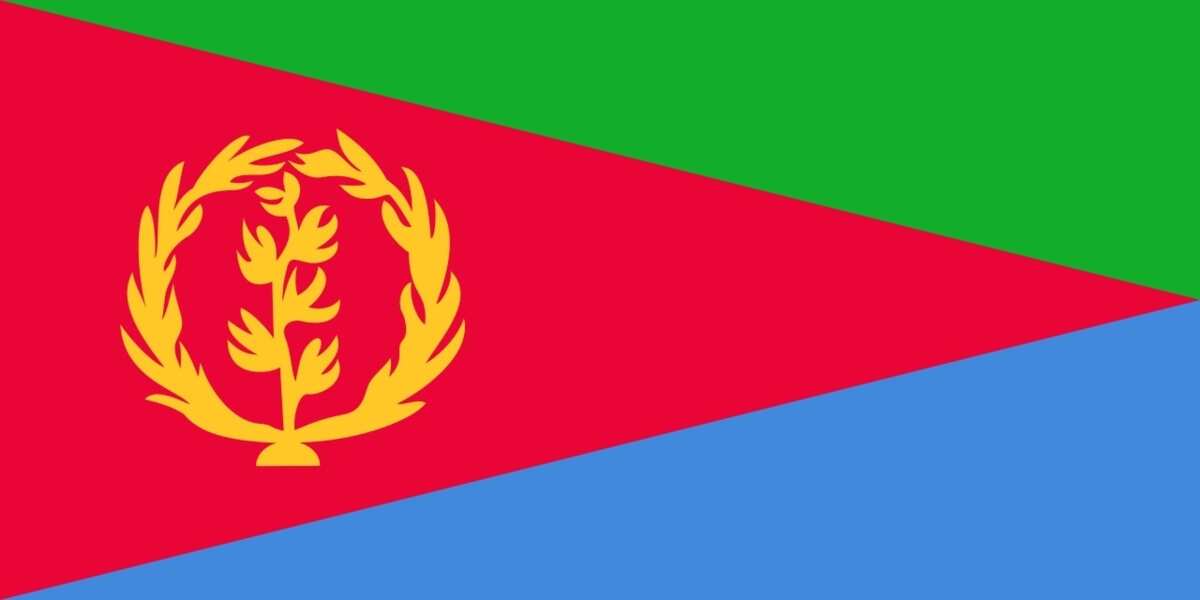
22. Guinea
- Region: West Africa
- Capital: Conakry
- Current President: Alpha Condé (2010–present)
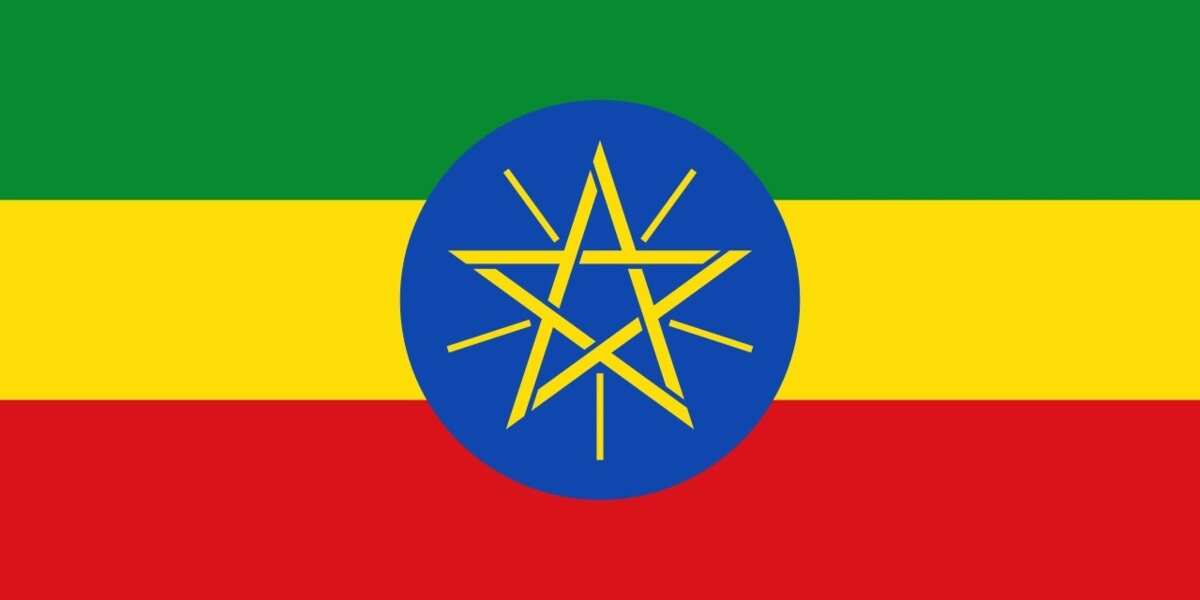
23. Guinea-Bissau
- Region: West Africa
- Capital: Bissau
- Current President: José Mário Vaz (2014–present)

24. Ivory Coast (Côte d’Ivoire)
- Region: West Africa
- Capital: Yamoussoukro
- Current President: Alassane Ouattara (2010–present)
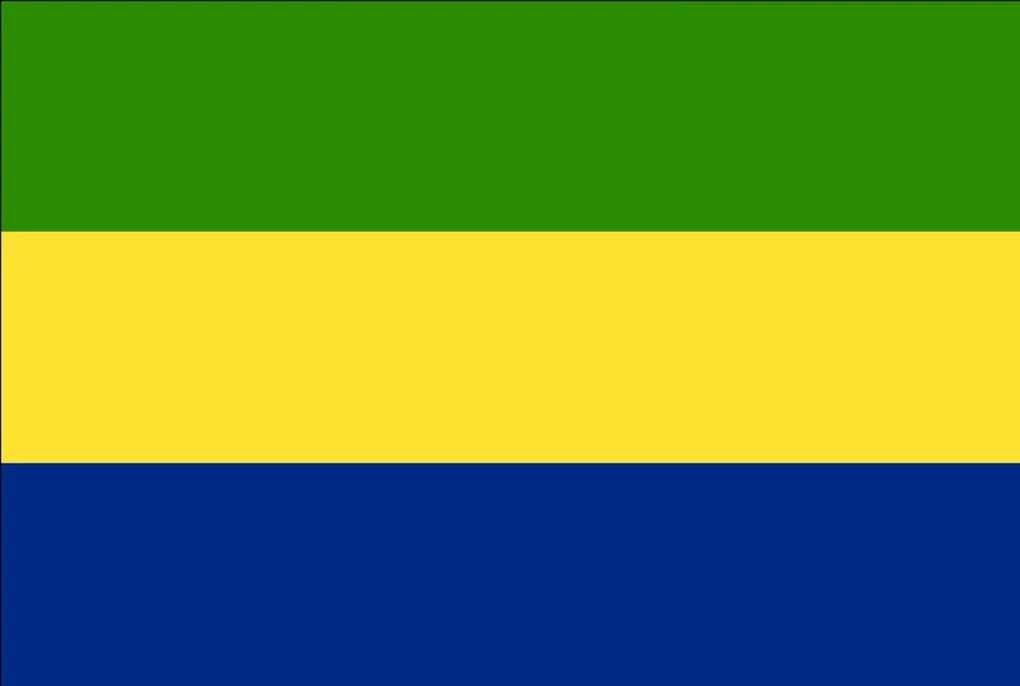
READ ALSO: Cleanest city in Africa - Top 10
25. Kenya
- Region: East Africa
- Capital: Nairobi
- Current President: Uhuru Kenyatta (2013–present)
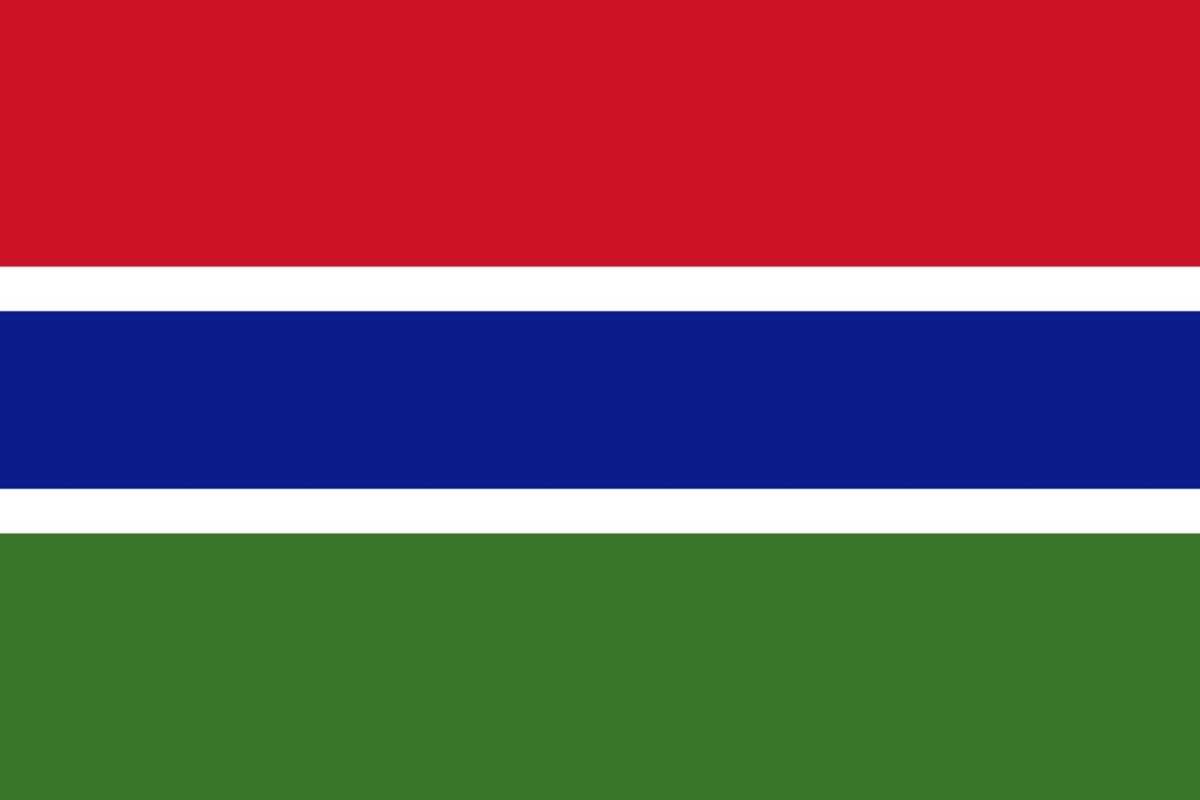
26. Lesotho
- Region: South Africa
- Capital: Maseru
- Current President: Monarch – Letsie III, King of Lesotho (1996–present)
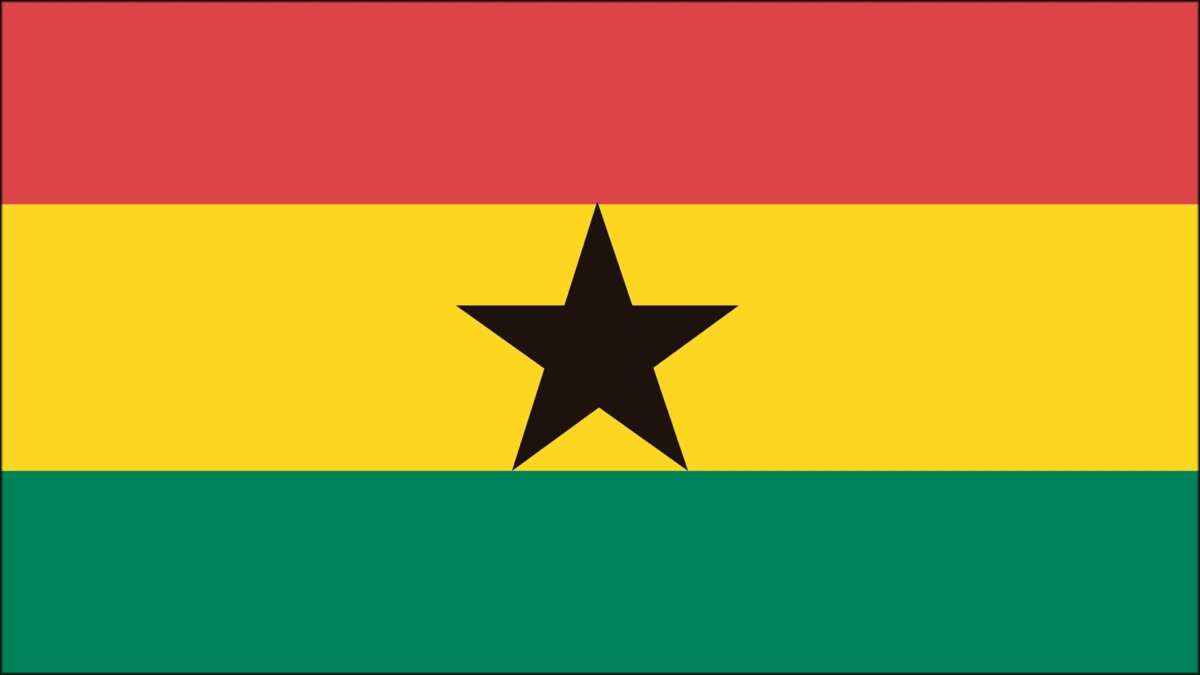
27. Liberia
- Region: West Africa
- Capital: Monrovia
- Current President: George Weah (2018–present)

Read also
7 roles of Africa in the United Nations
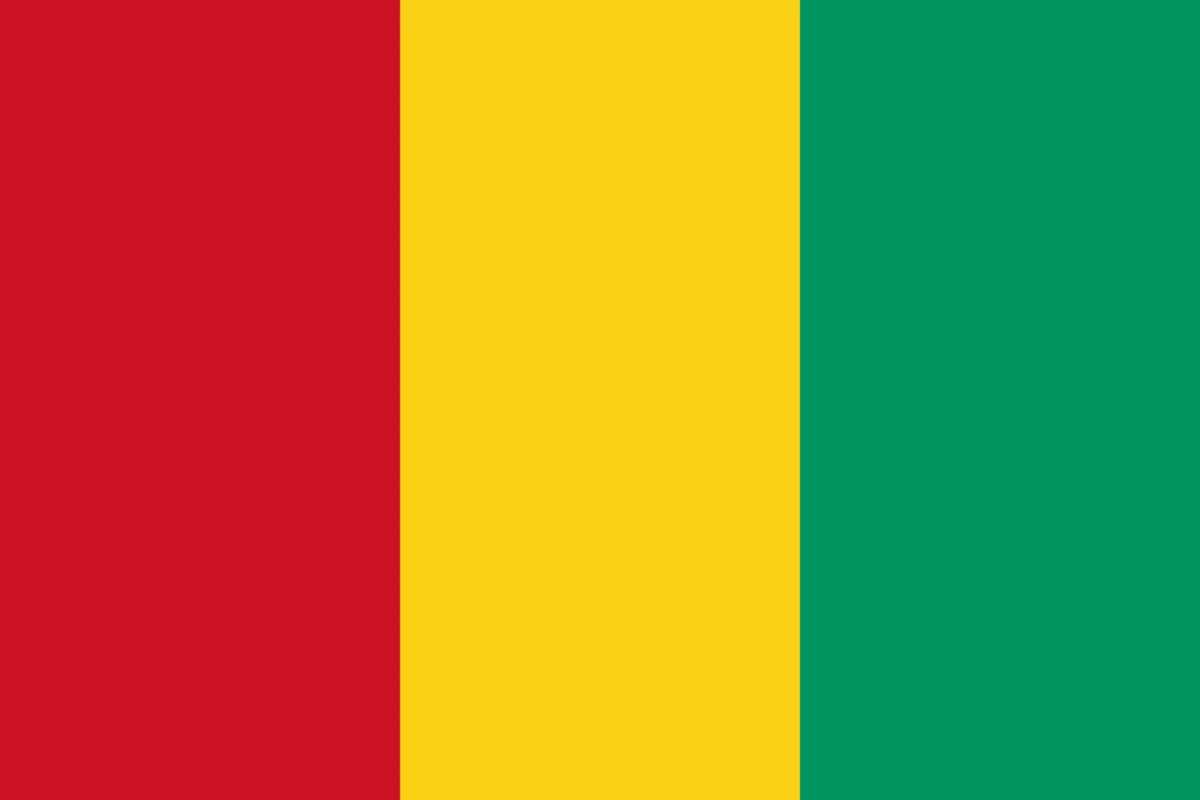
28. Libya
- Region: North Africa
- Capital: Tripoli
The government of the country is split between the House of Representatives (Government of Libya internationally recognised until 12 March 2016) and the National Salvation Government (Government of Libya internationally recognised as the sole legitimate government of Libya from 12 March 2016).
- Current President from House of Representatives: Aguila Saleh Issa, Chairman of the House of Representatives of Libya (co-claimant, 2014–present)
- Current President from National Salvation Government: Fayez al-Sarraj, Chairman of the Presidential Council of Libya (co-claimant, 2016–present)
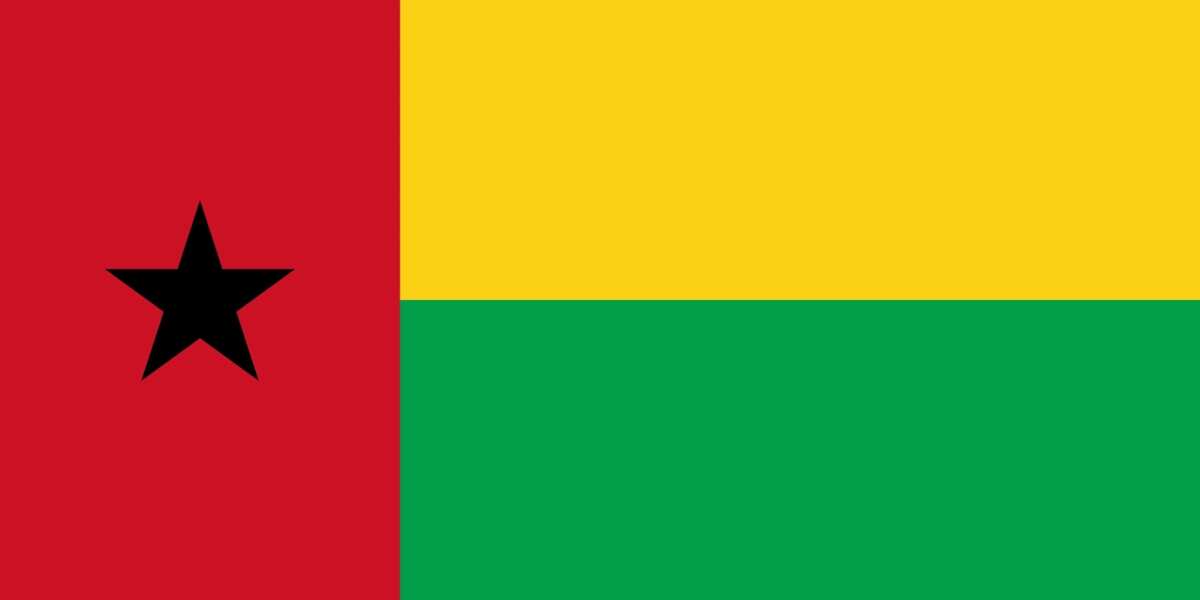
29. Madagascar
- Region: East Africa
- Capital: Antananarivo
- Current President: Rivo Rakotovao (2018–present)
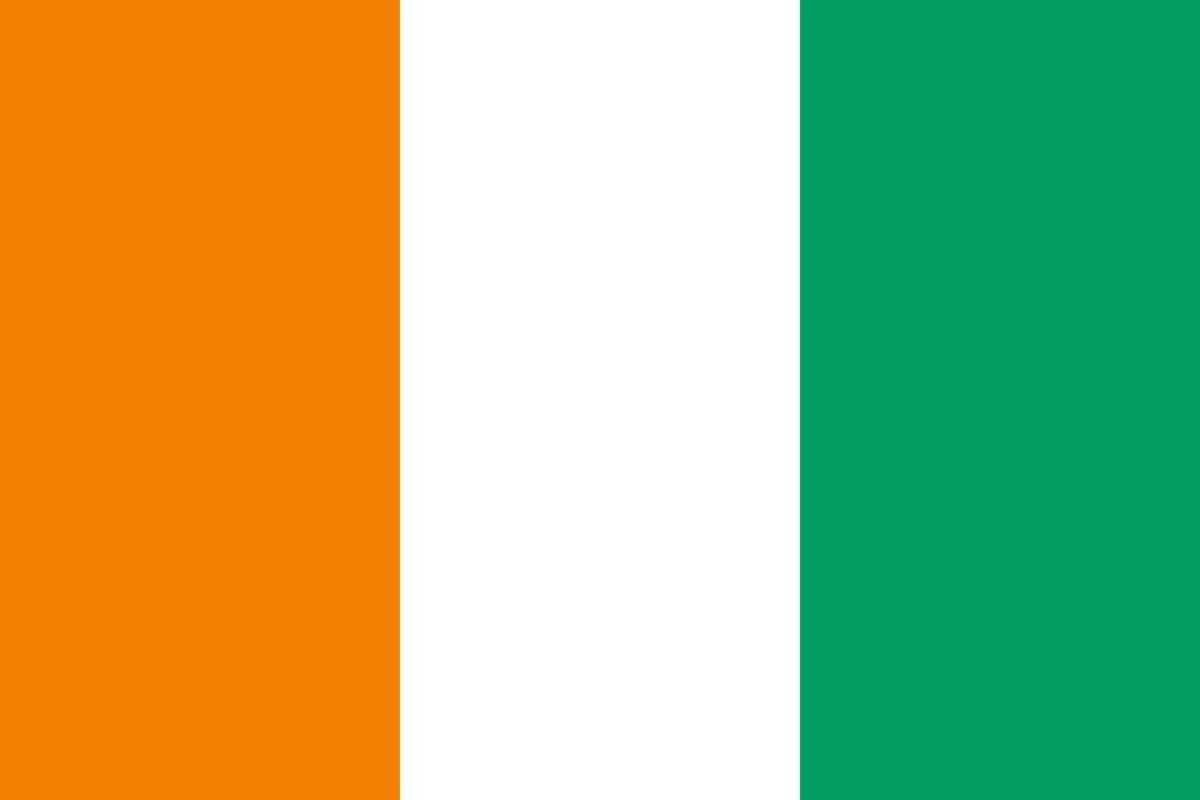
30. Malawi
- Region: East Africa
- Capital: Lilongwe
- Current President: Peter Mutharika (2014–present)
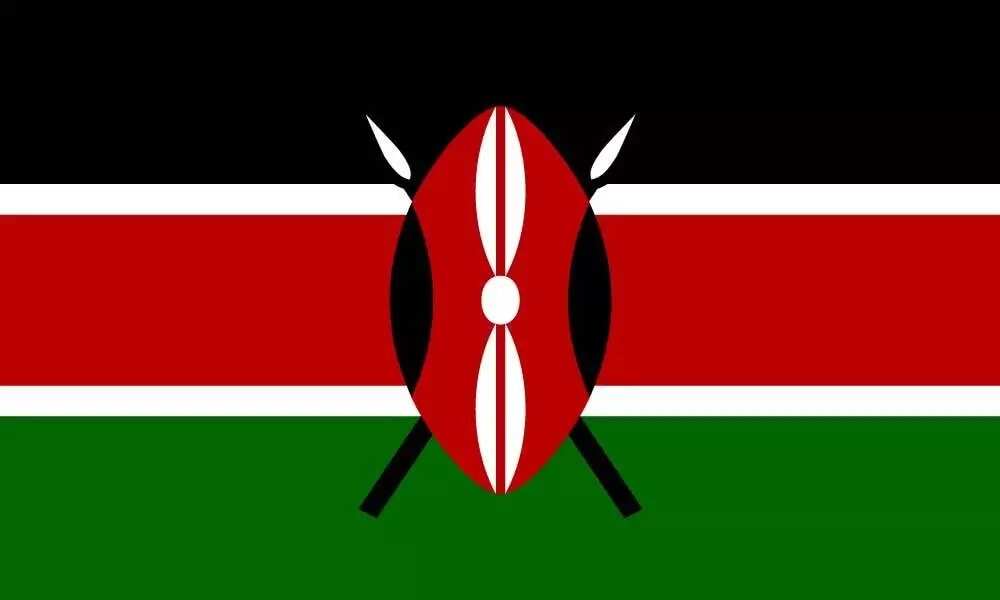
31. Mali
- Region: West Africa
- Capital: Bamako
- Current President: Ibrahim Boubacar Keïta (2013–present)
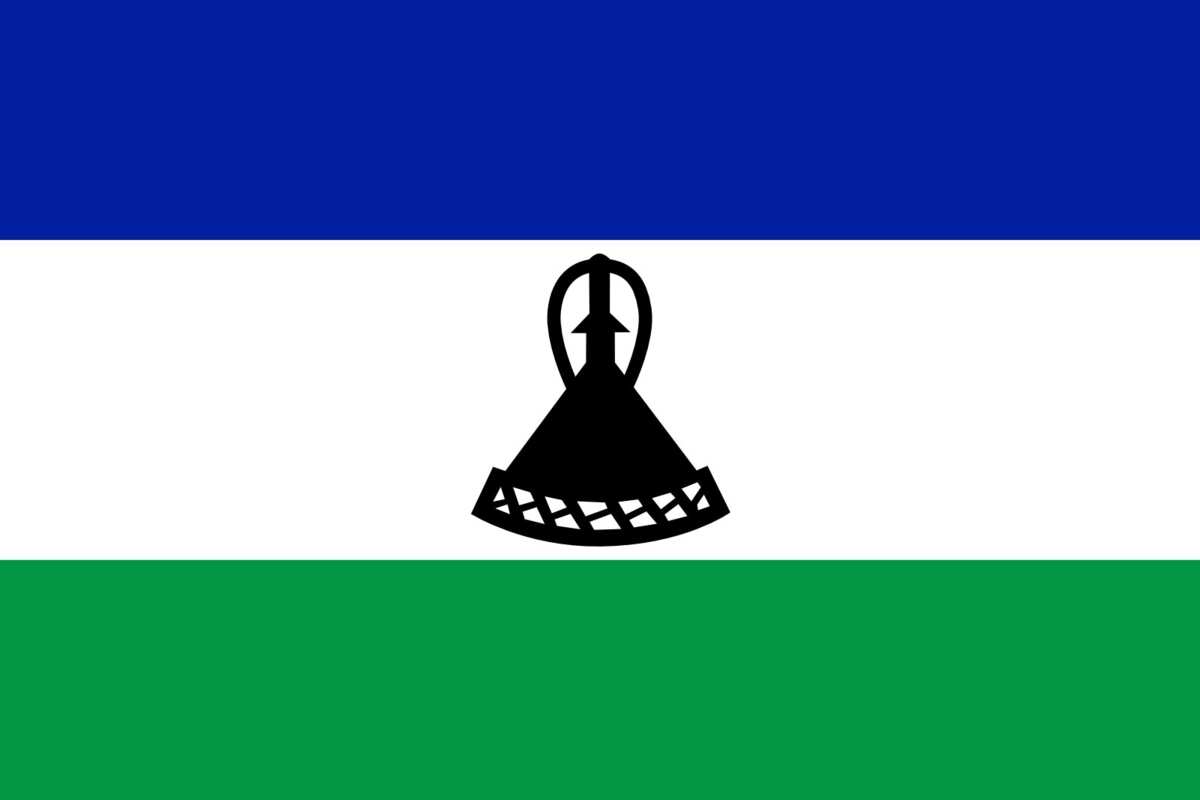
32. Mauritania
- Region: West Africa
- Capital: Nouakchott
- Current President: Mohamed Ould Abdel Aziz (2009–present)

Read also
Wow! The biggest desert on the Earth is on the Nigeria's northern border

READ ALSO: African countries and their currencies with symbols
33. Mauritius
- Region: East Africa
- Capital: Port Louis
- Current President: Barlen Vyapoory (2018–present)
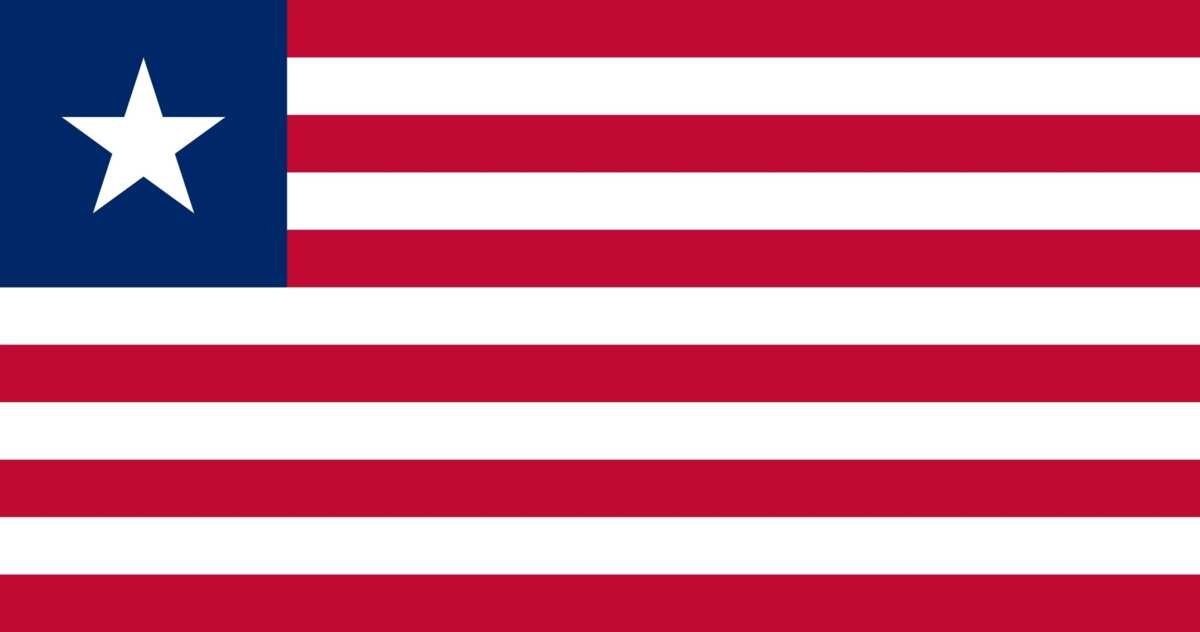
34. Morocco
- Region: North Africa
- Capital: Rabat
- Current President: Monarch – Mohammed VI, King of Morocco (1999–present)
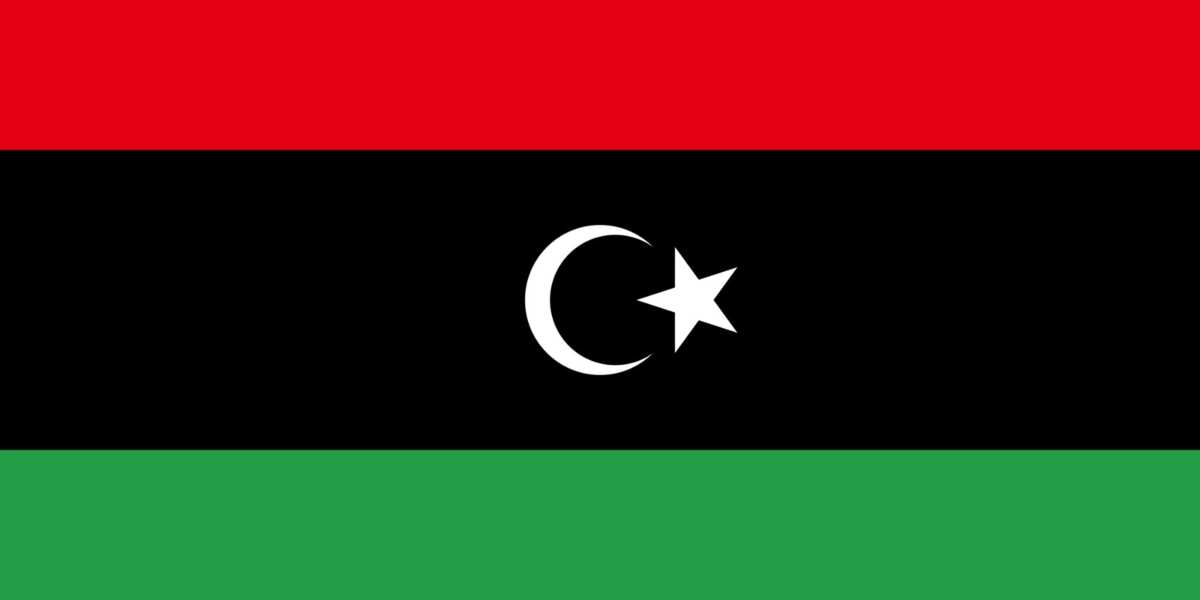
35. Mozambique
- Region: East Africa
- Capital: Maputo
- Current President: Filipe Nyusi (2015–present)
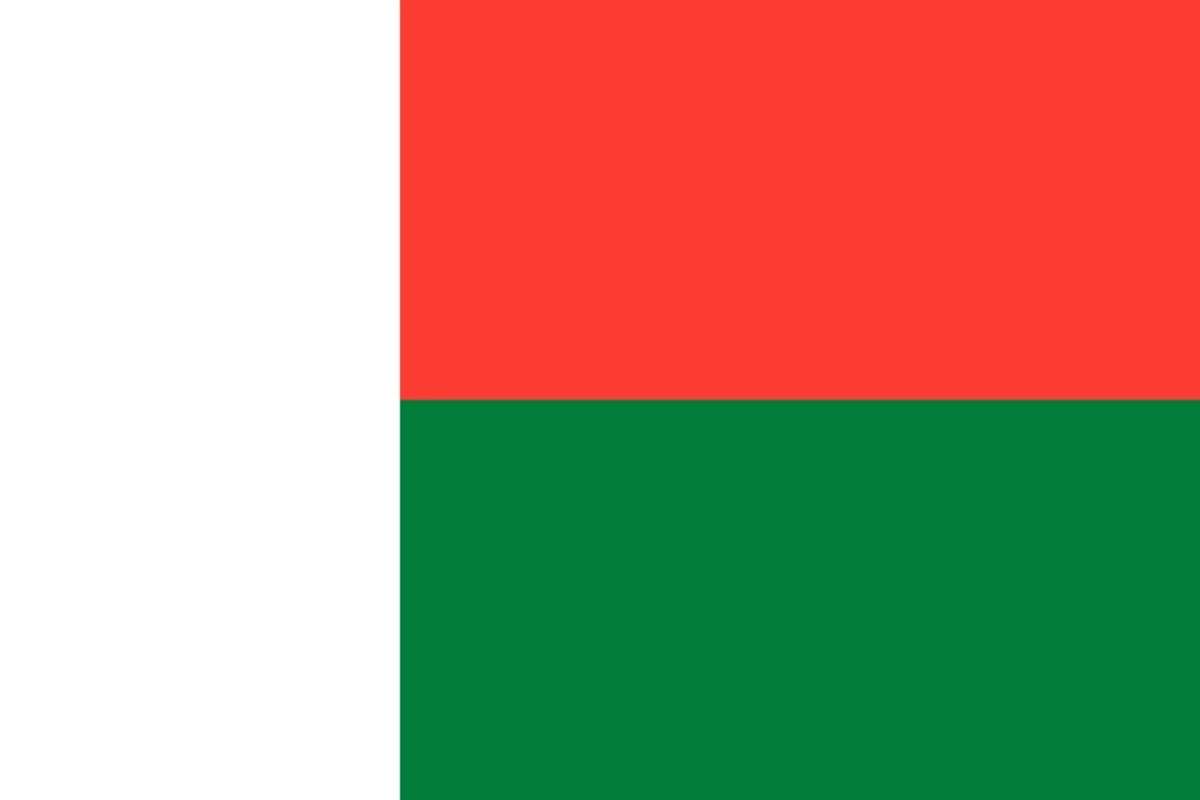
36. Namibia
- Region: South Africa
- Capital: Windhoek
- Current President: Hage Geingob (2015–present)
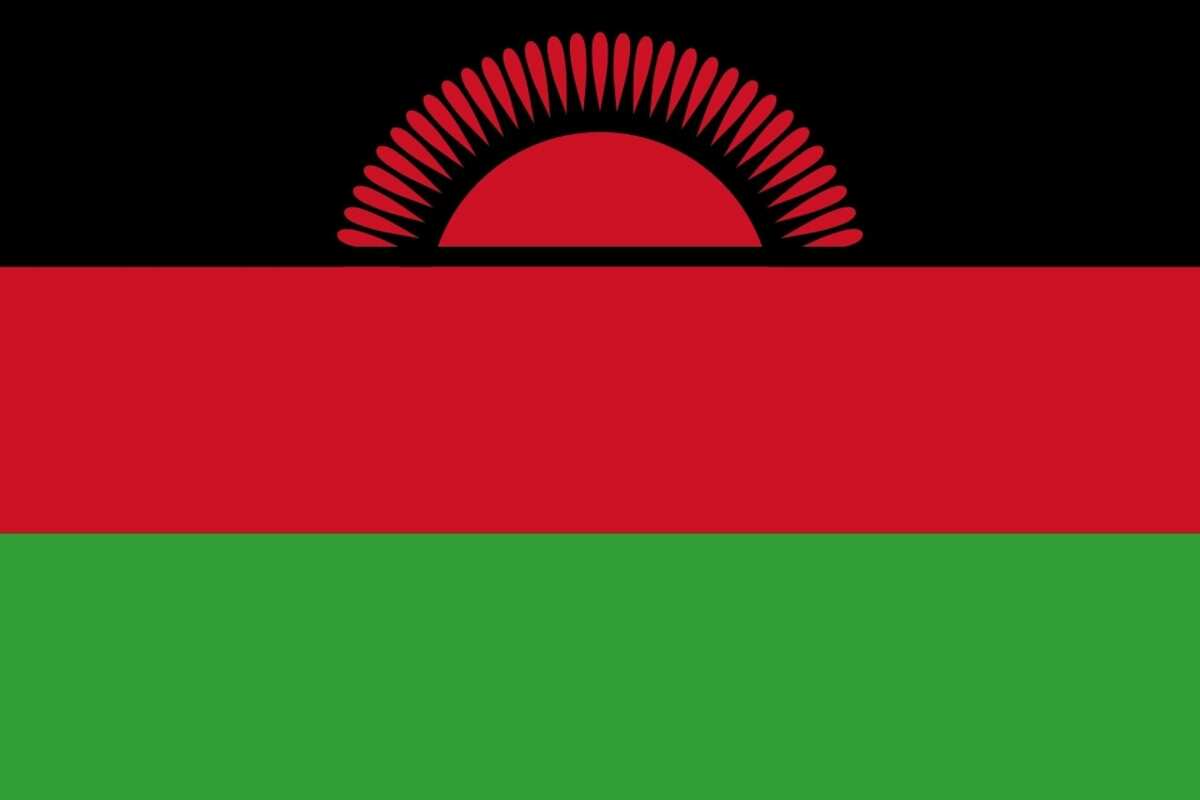
37. Niger
- Region: West Africa
- Capital: Niamey
- Current President: Mahamadou Issoufou (2011–present)
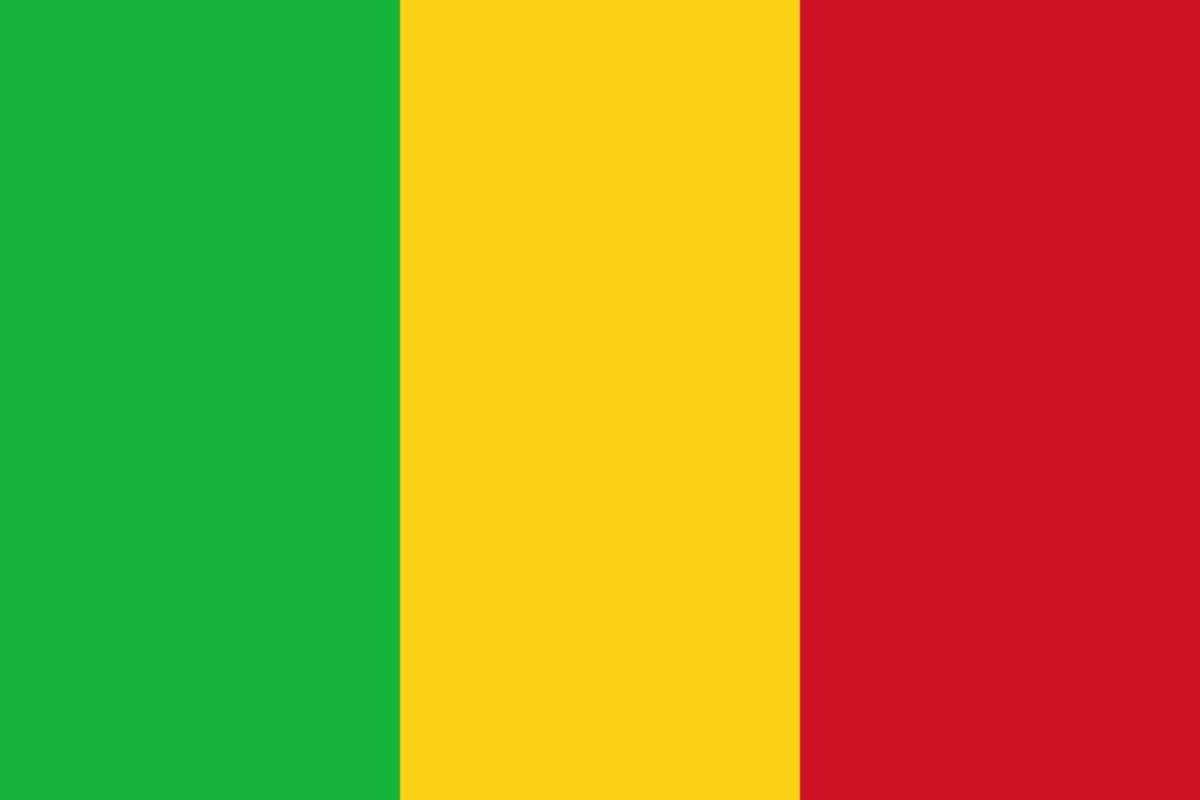
38. Nigeria
- Region: West Africa
- Capital: Abuja
- Current President: Muhammadu Buhari (2015–present)

39. Rwanda
- Region: East Africa
- Capital: Kigali
- Current President: Paul Kagame (2000–present)
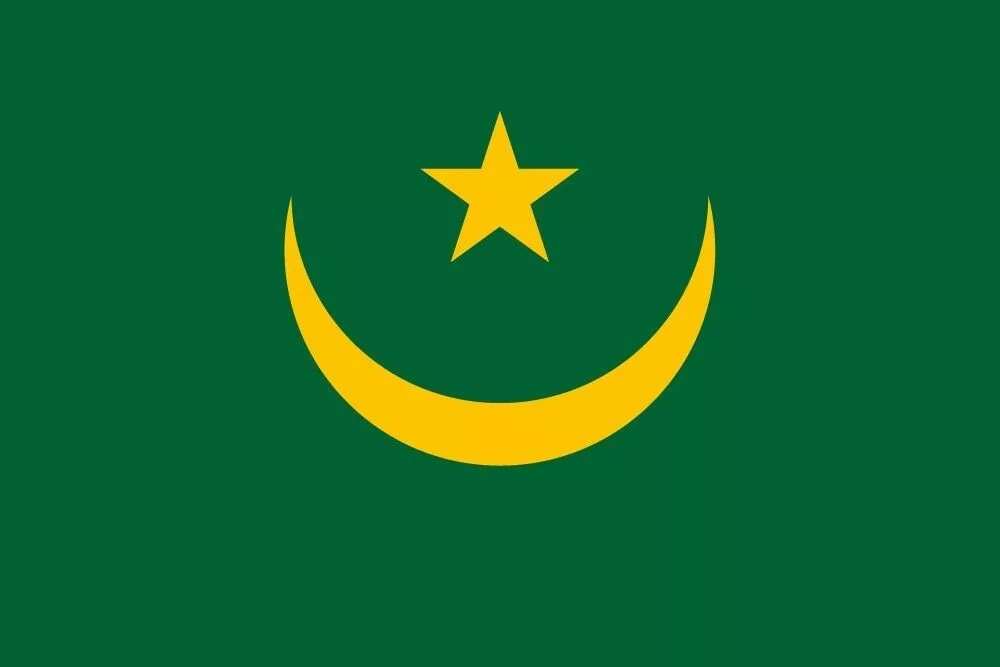
40. Sao Tome and Principe
- Region: Central Africa
- Capital: Sao Tome
- Current President: Evaristo Carvalho (2016–present)
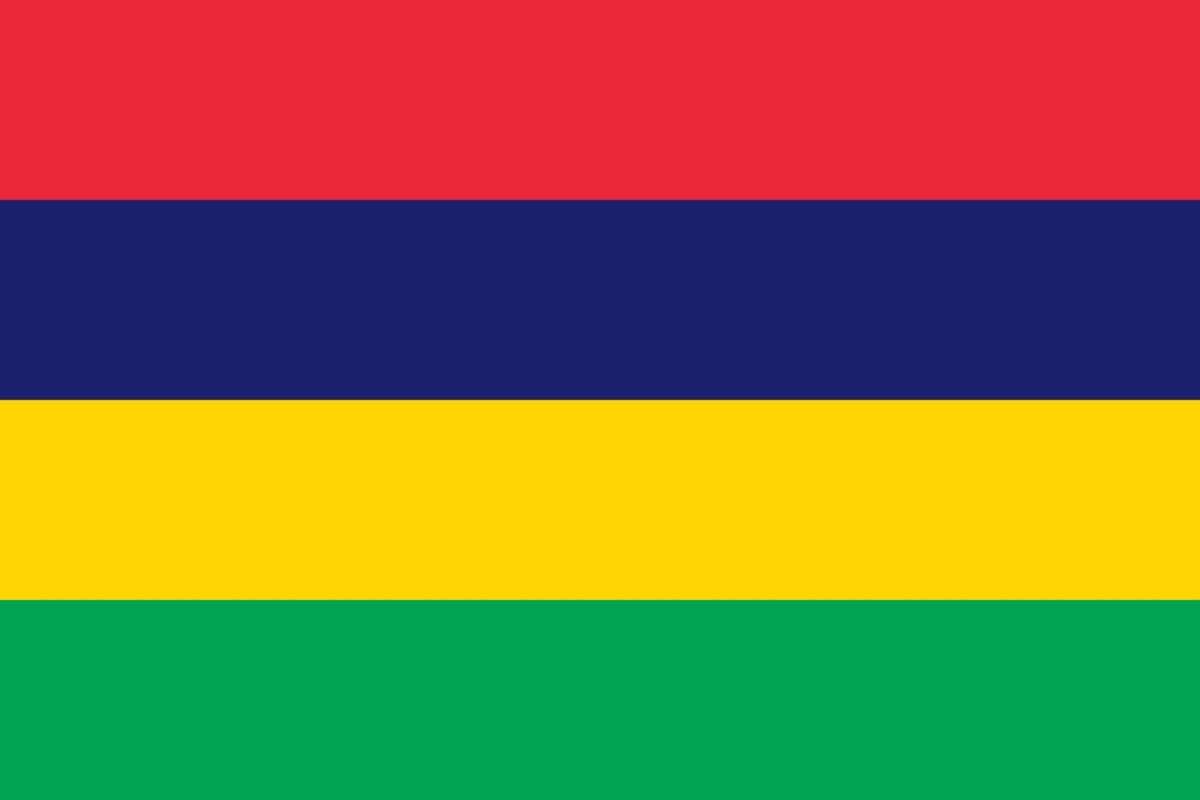
41. Senegal
- Region: West Africa
- Capital: Dakar
- Current President: Macky Sall (2012–present)
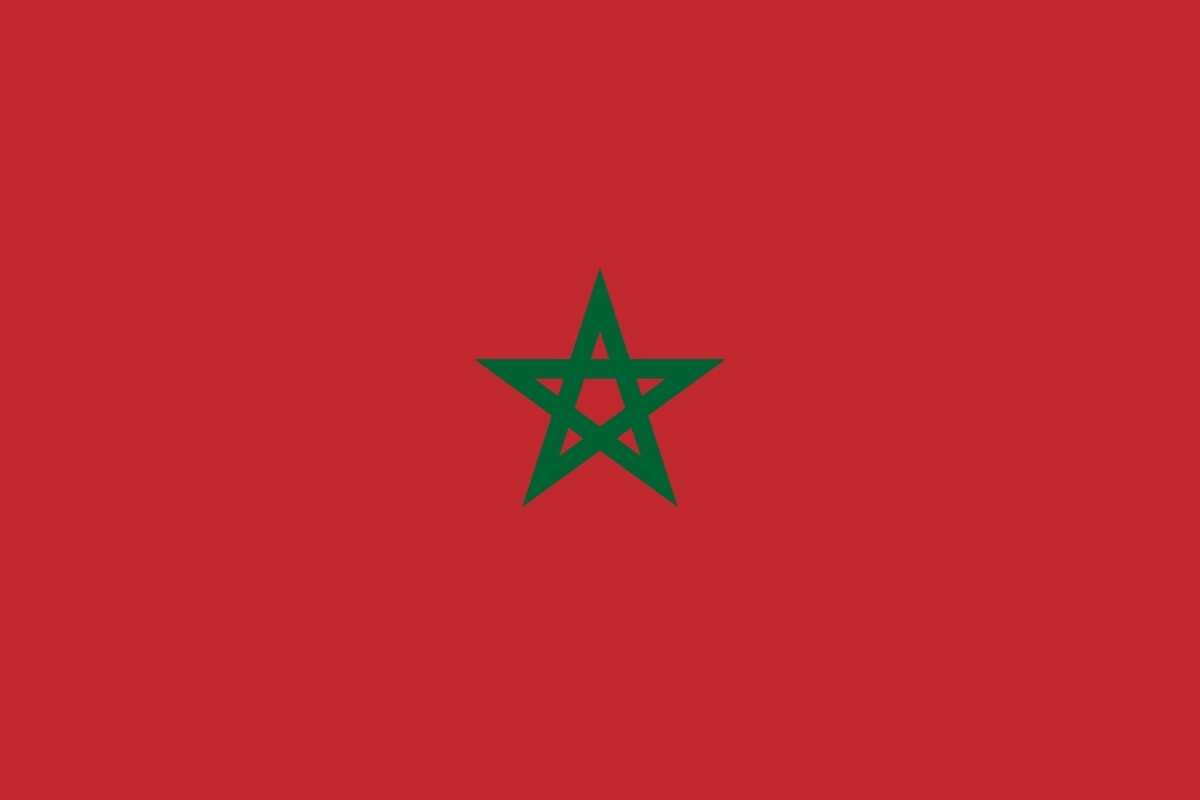
READ ALSO: How many countries are in Africa?
42. Seychelles
- Region: East Africa
- Capital: Victoria
- Current President: Danny Faure (2016–present)
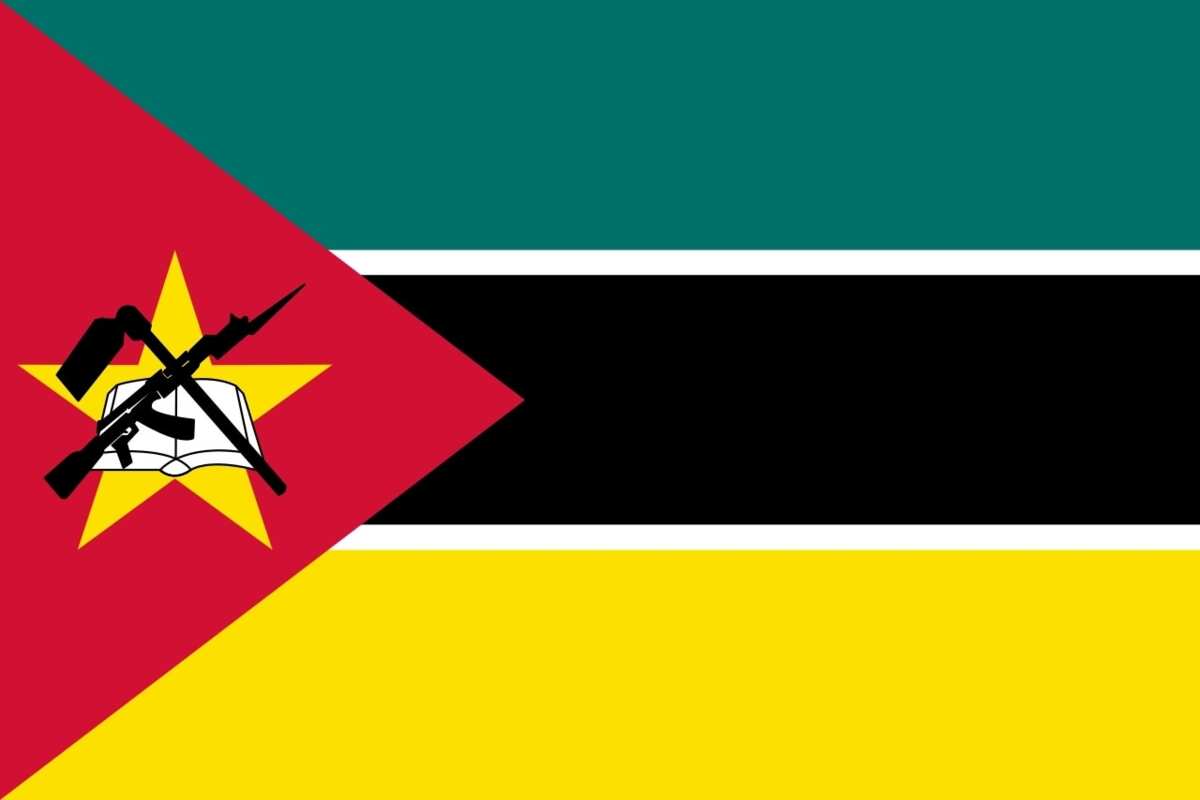
43. Sierra Leone
- Region: West Africa
- Capital: Freetown
- Current President: Julius Maada Bio (2018–present)
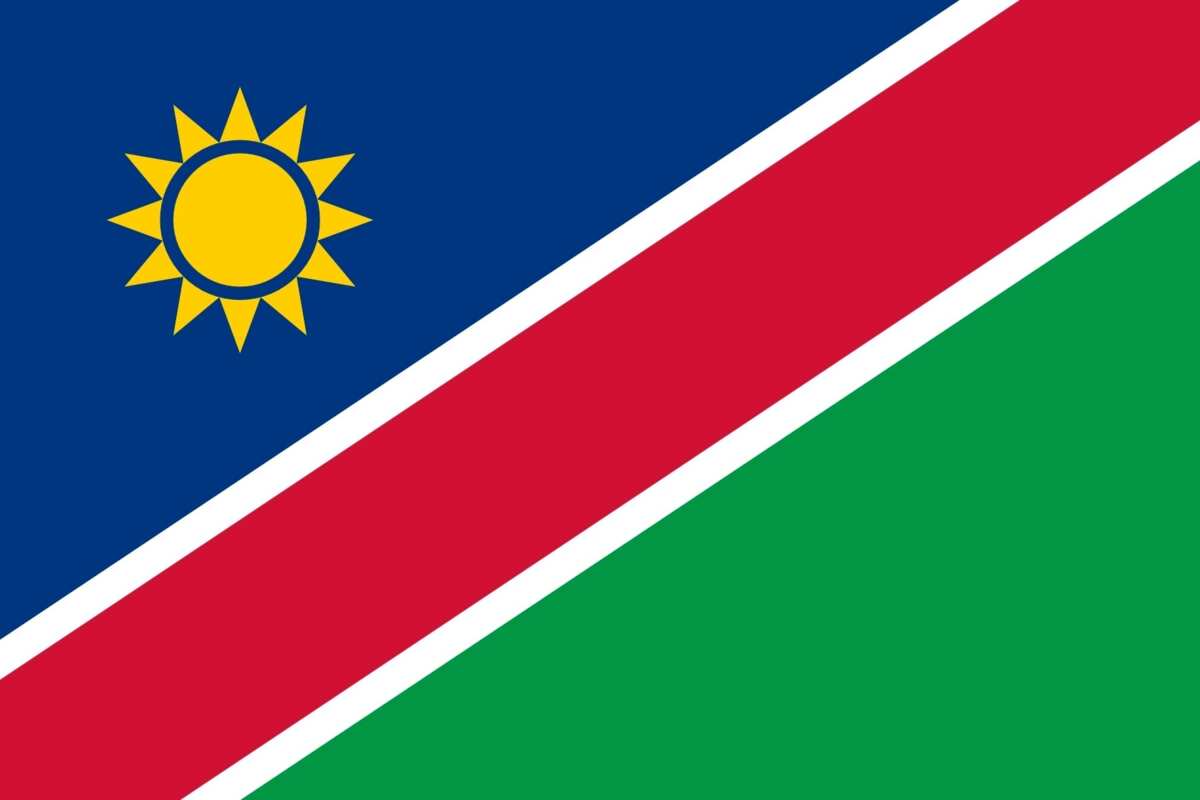
44. Somalia
- Region: East Africa
- Capital: Mogadishu
- Current President: Mohamed Abdullahi Mohamed (2017–present)
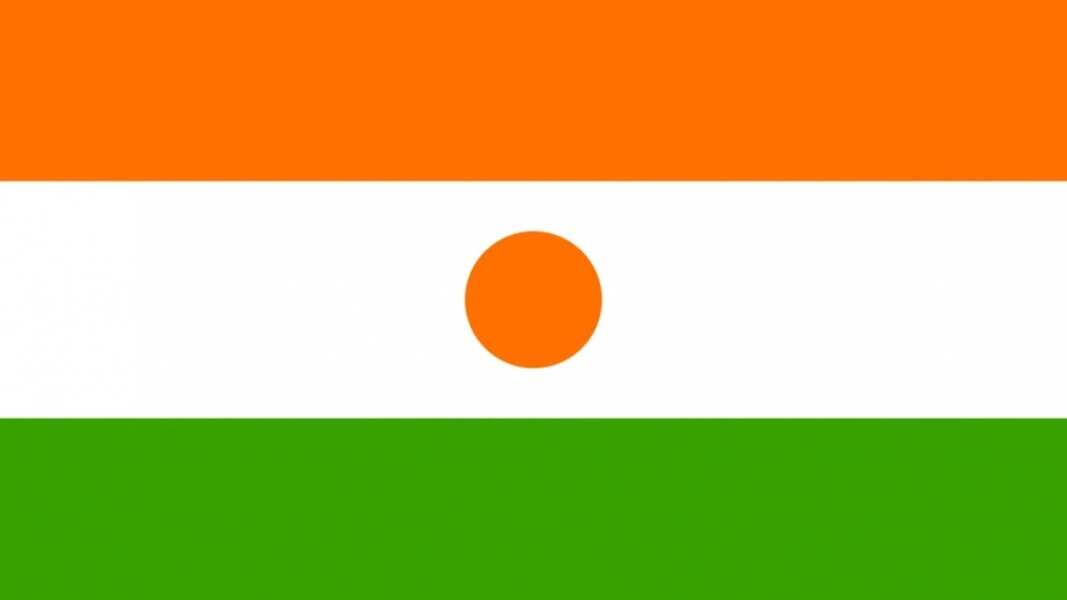
45. South Africa
- Region: South Africa
- Capital: Pretoria (executive), Bloemfontein (judiciary), and Capetown (legislative)
- Current President: Cyril Ramaphosa (2018–present)
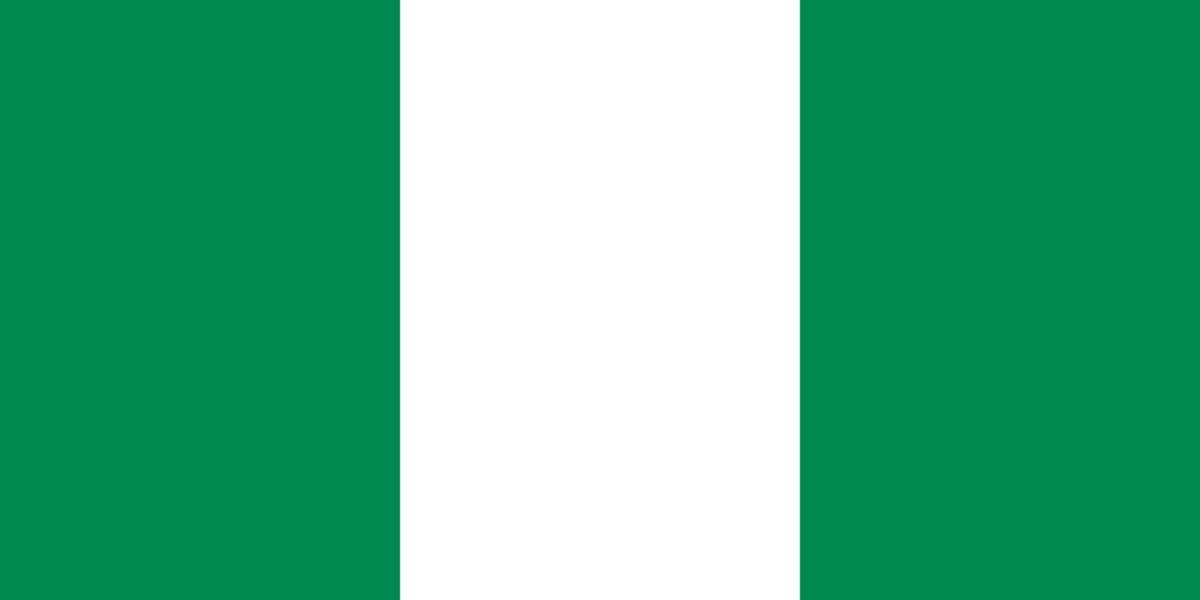
46. South Sudan
- Region: North Africa
- Capital: Juba
- Current President: Salva Kiir Mayardit (2005–present)
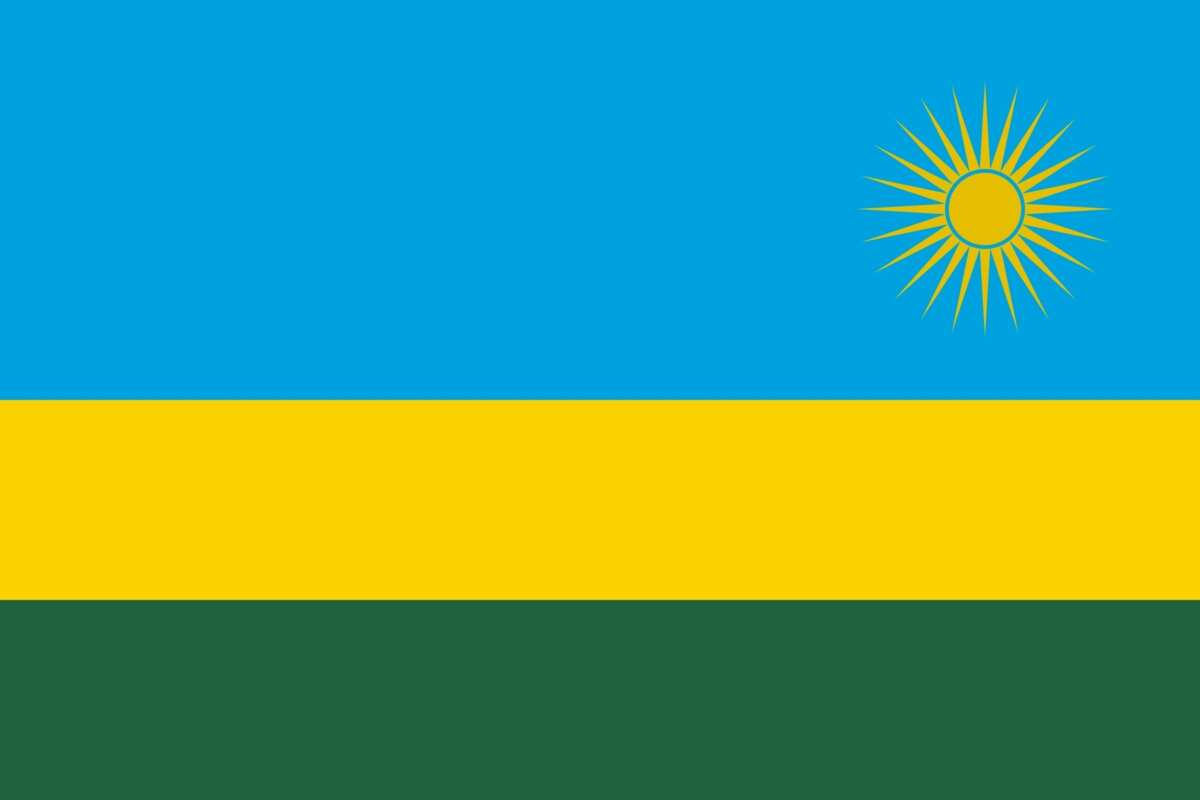
47. Sudan
- Region: North Africa
- Capital: Khartoum
- Current President: Omar al-Bashir (1989–present)
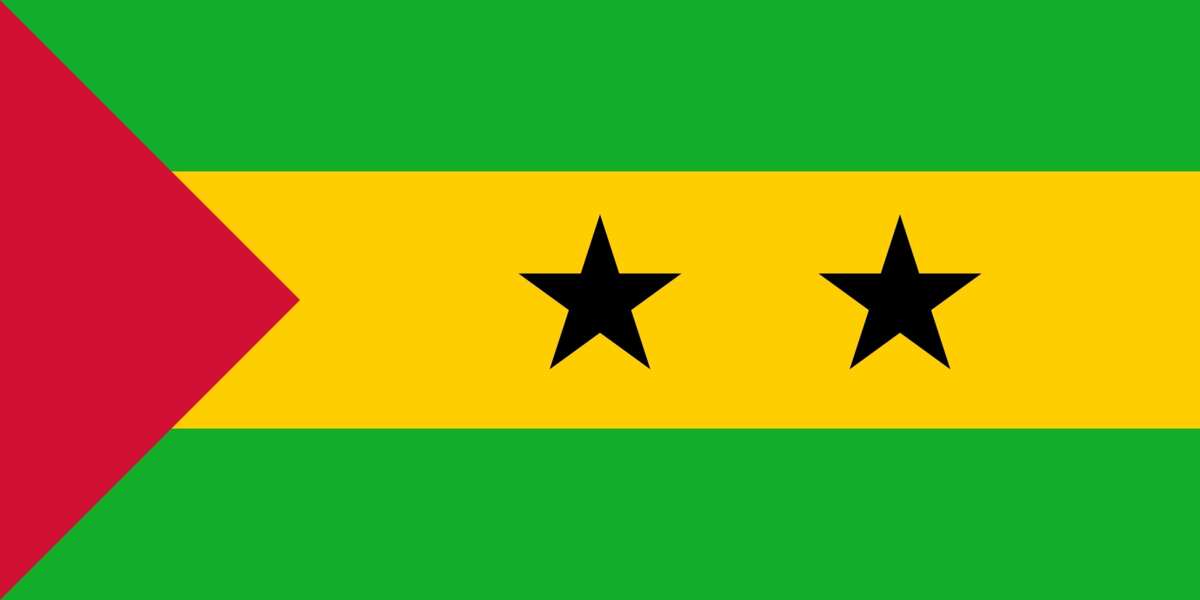
48. Swaziland
- Region: South Africa
- Capital: Lobamba (royal & legislature) and Mbabane (administrative)
- Current President: Monarch – Mswati III, King of Swaziland (1986–present)
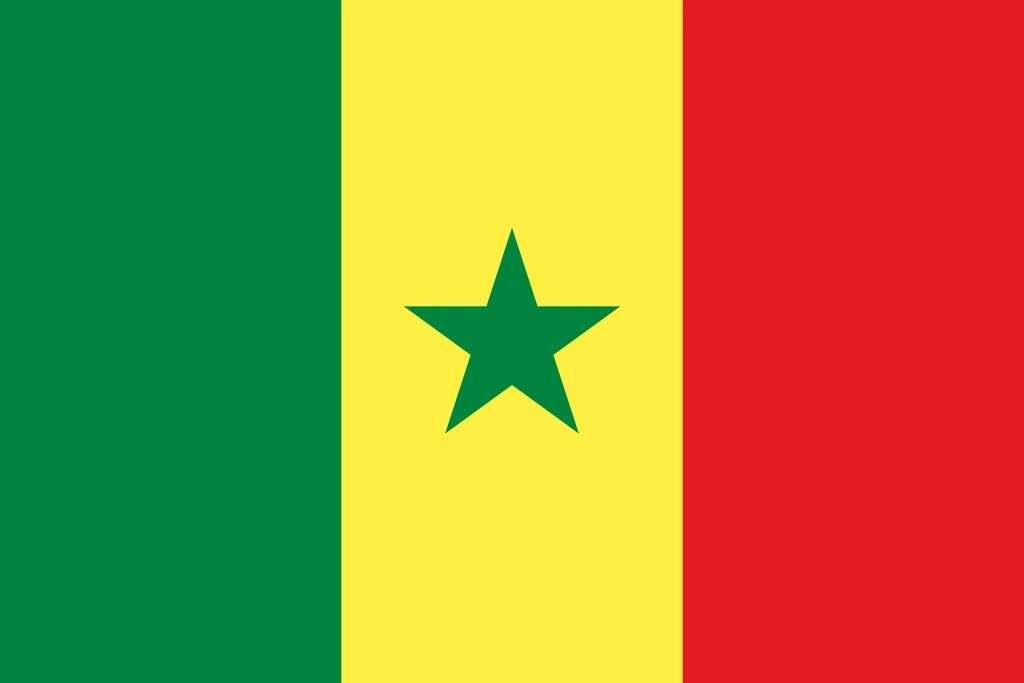
49. Tanzania
- Region: East Africa
- Capital: Dar es Salaam (traditional capital) and Dodoma (location of the legislature)
- Current President: John Magufuli (2015–present)
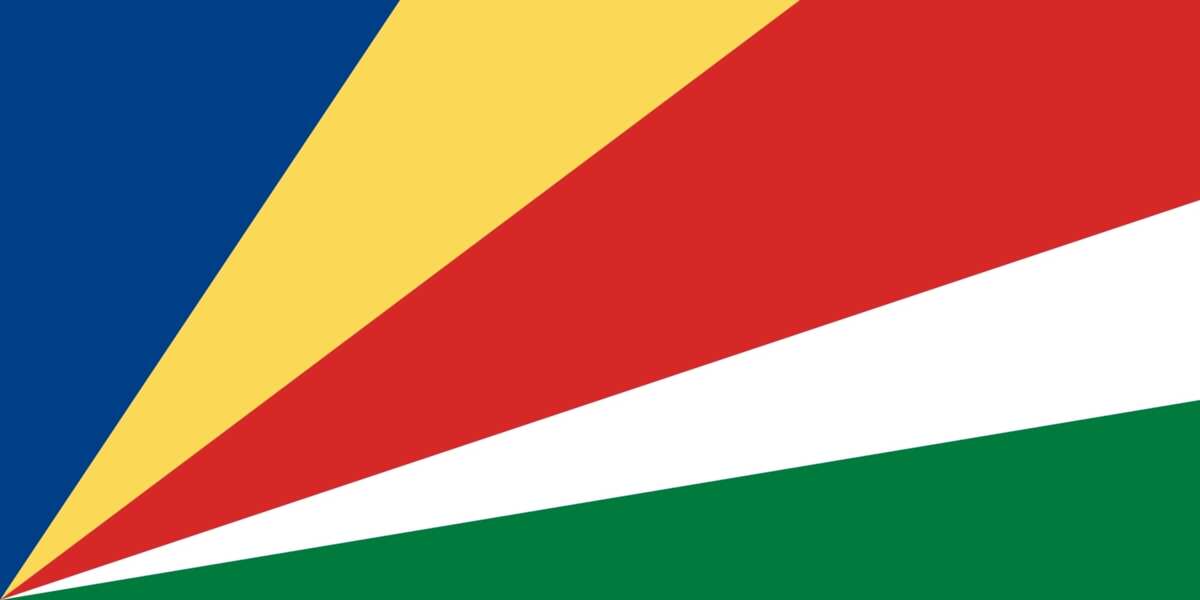
50. Togo
- Region: West Africa
- Capital: Lome
- Current President: Faure Gnassingbe (2005–present)
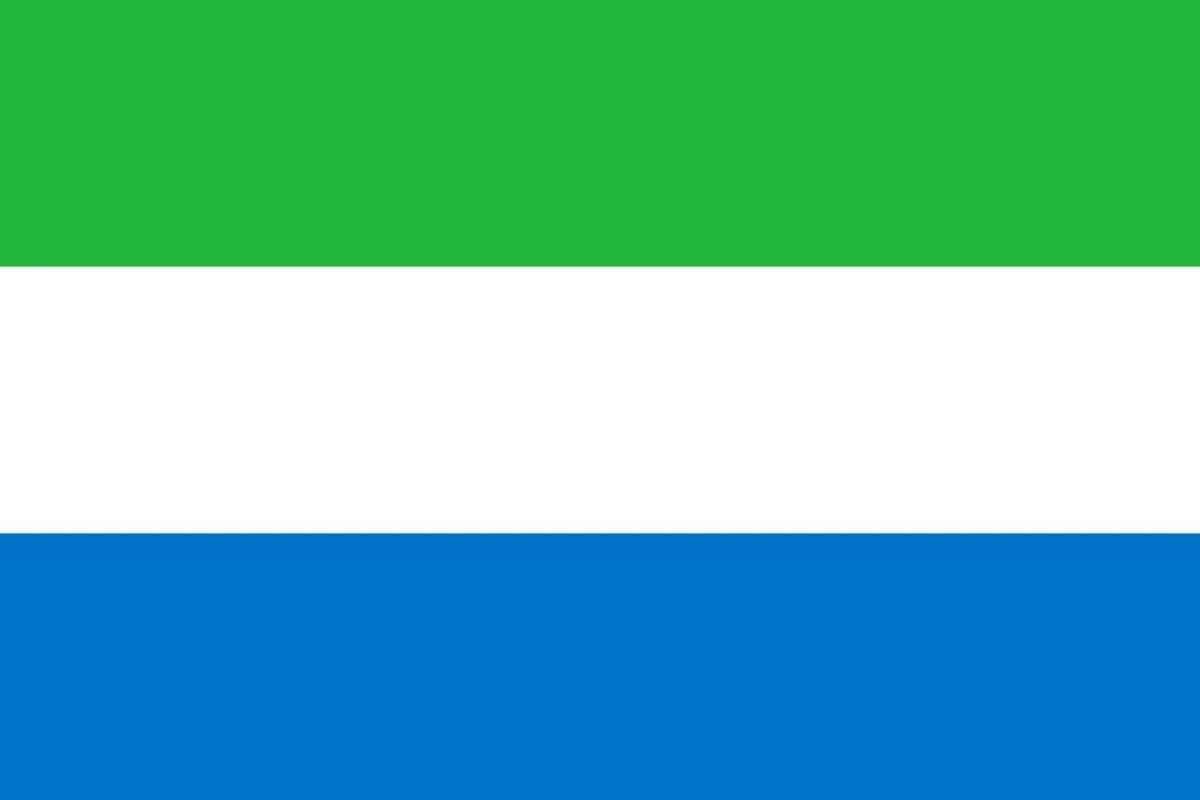
51. Tunisia
- Region: North Africa
- Capital: Tunis
- Current President: Beji Caid Essebsi (2014–present)
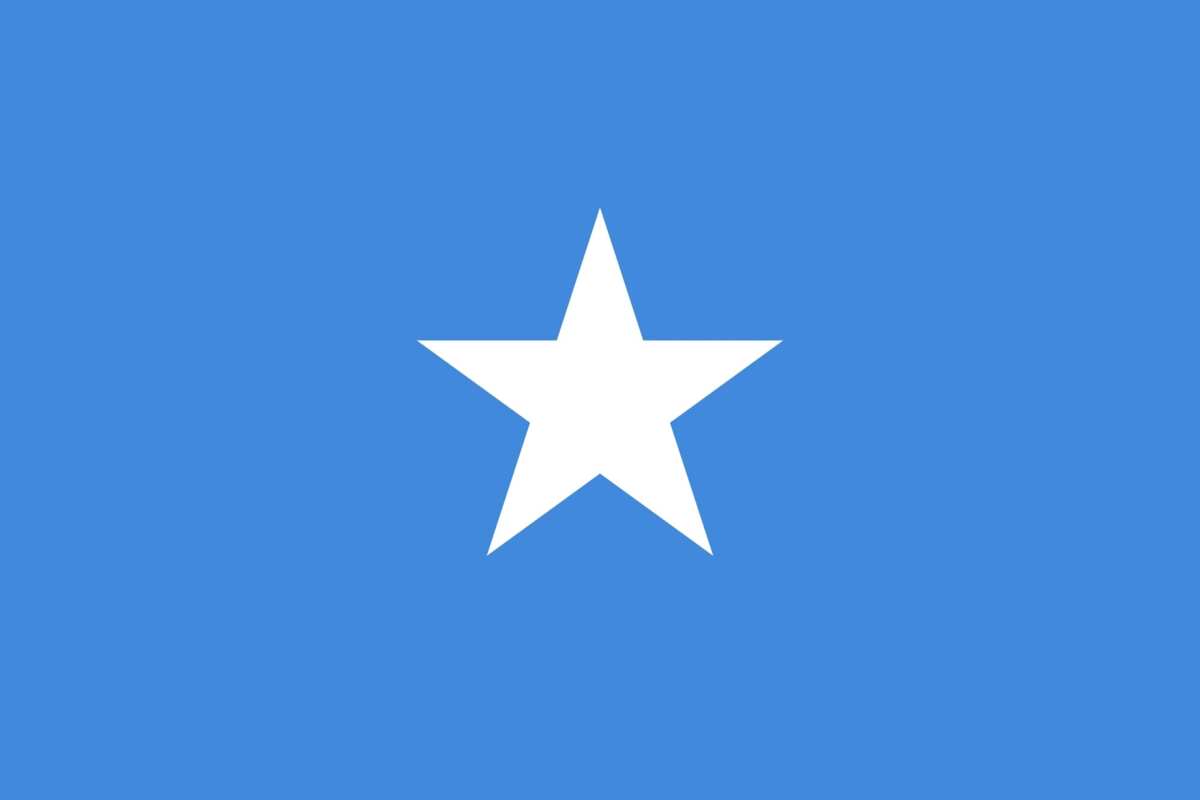
52. Uganda
- Region: East Africa
- Capital: Kampala
- Current President: Yoweri Museveni (1986–present)
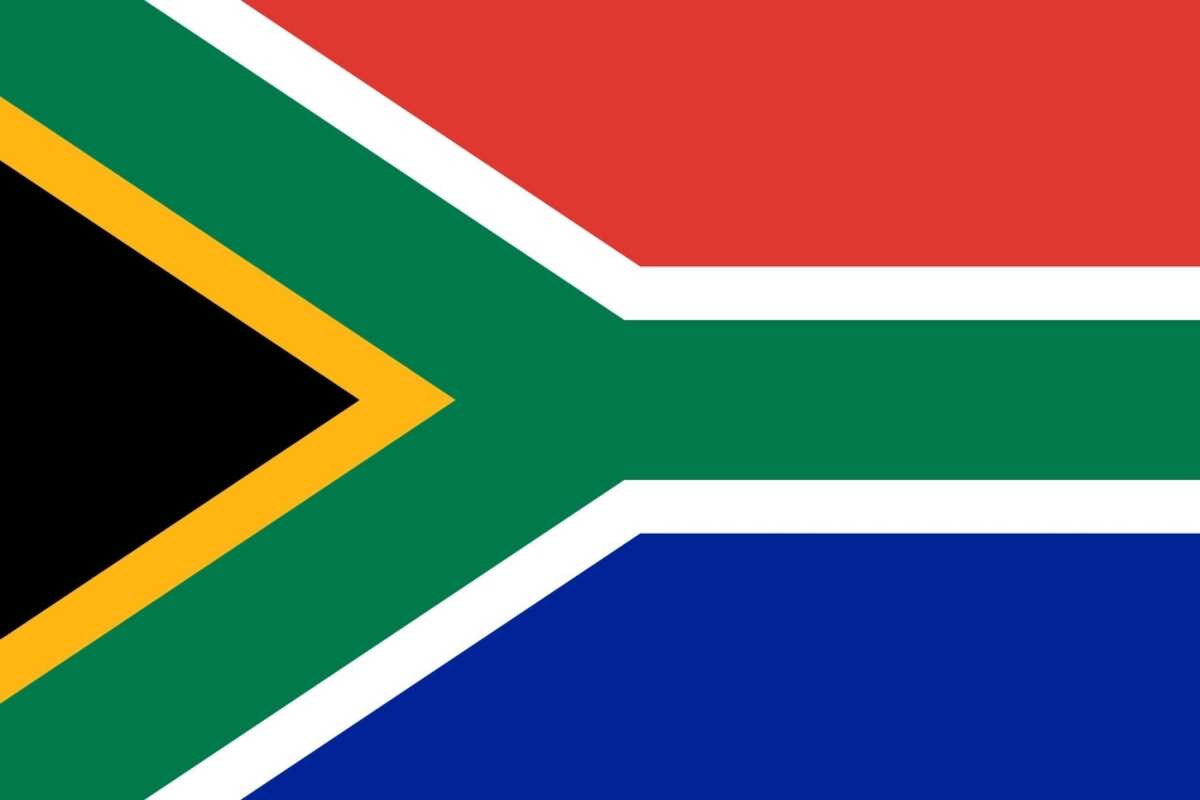
53. Zambia
- Region: East Africa
- Capital: Lusaka
- Current President: Edgar Lungu (2015–present)
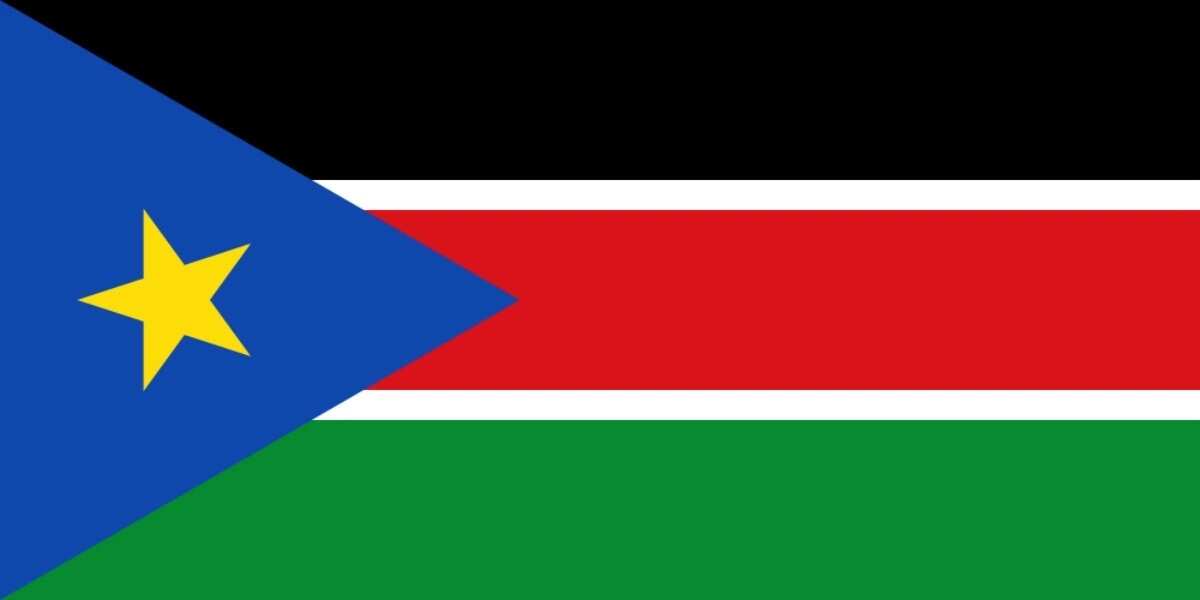
54. Zimbabwe
- Region: East Africa
- Capital: Harare
- Current President: Emmerson Mnangagwa (2017–present)
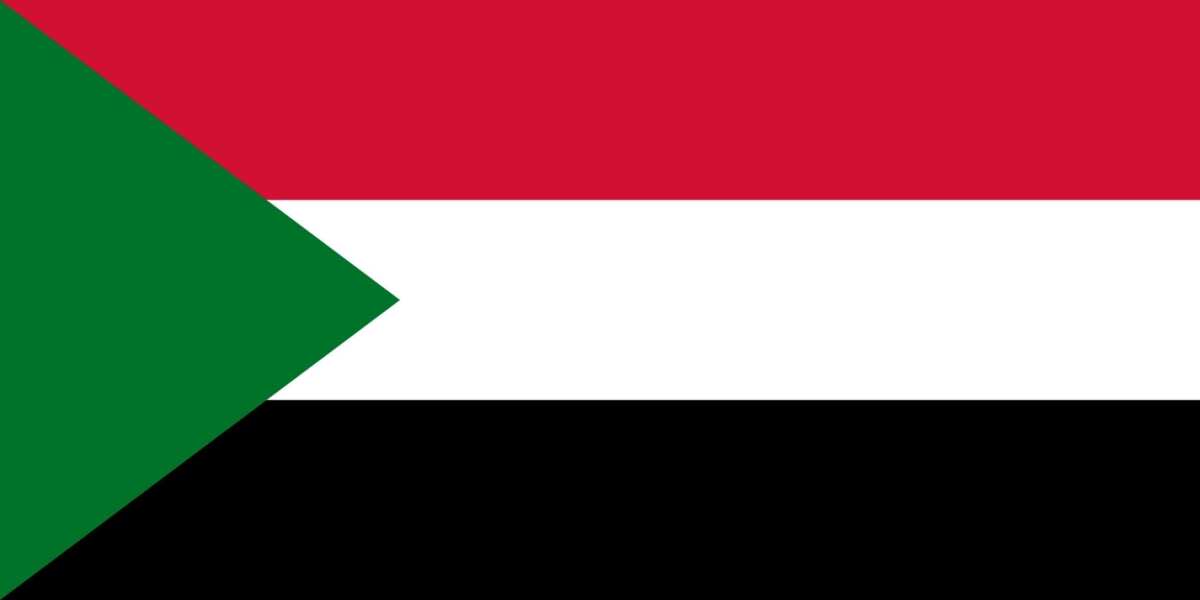
The story is such that the political map of Africa a hundred years ago was completely different from what it is now. Most of the territories were conquered by European countries and declared subordinate colonies. France and the British Empire grabbed the most, but there was something to profit from Spain, Portugal, the Netherlands, Belgium, Italy, and Germany. In the middle of the twentieth century, after a powerful anti-colonial wave, almost all African countries gained independence in one form or another, at the same time the borders and names changed.
However, this did not at all contribute to the establishment of peace, but somewhere, on the contrary, military conflicts still lasted. The most recent example is Sudan until recently the largest country in Africa concerning territory - religious, inter-ethnic, economic conflicts led to the fact that a significant part of the state, called South Sudan, broke away from the state. The same can be said about the separation of Eritrea, which is strongly influenced by Italy, from Ethiopia.
For a long time the mainland was divided between the major European colonial powers, and only in the last century did their countries gain independence. For many centuries the slave trade, the ruthless exploitation of the natural wealth of the continent, the extermination of the indigenous population did not allow African countries to develop freely. Today, most of them are still only on the path of their formation, overcoming hunger, poverty, and civil wars. Assistance to African countries is one of the most important tasks for the modern world community.
You have learned the political map of Africa, in particular with the list of its countries and current presidents. The following resources were used for this article. We hope that our article has helped you to know better the African leaders and answer all your questions.
READ ALSO: Top 20 richest countries in Africa
Source: Legit.ng
ncG1vNJzZmivp6x7rbHGoqtnppdkfnN8j2xtcWWcnsC1ecCfqaKbkaN6pLvUp6uroZWoeqTB0aucp6xdpb%2Bmv8idnKeso2O1tbnL